Sommelier This Week - April 22nd 2021: An Inside Look at Progress on Coordinating Sommelier Components That Contribute to the Chain
If you’ve been following these posts, or watching Sommelier This Week, you will be tracking the interesting process of an app being built from the perspective of someone leading the project. It's worth a look at the video just to see how enthusiastic Sommelier's VP project Jack Zampolin gets about all this stuff.

NOTE: Sommelier Uniswap LP Impermanent Loss management application is live at https://app.sommelier.finance. Take positions and receive rewards from our pool partners!
He says:
“For the next few weeks, we’re going to talk about all of the different threads that must come together and you can see how those individual things evolve, how these threads run into roadblocks, end up combining with each other, and then end up coming together into a coherent product. I really enjoy telling this story iteratively.”
Last week, Jack talked quite a bit about the architecture that Sommelier is shooting for and our updates from here on out are going to be primarily progress on those various pieces. Great progress has been made, particularly on the protocol side, as well gravity refactoring, cellar module upgrades, the feeder, the data layer, and on the front end.
The Decision module
The Decision module, which is a part of the Oracle module that Jack has been talking about is being worked on by one of Sommelier’s core developers, Mantis, right now.
Jack reports: “He’s got some PRs up on the Sommelier repo with that, so the Decision module is coming along nicely. We have started implementation there.”
The Cellar module
The Cellar module, named to invoke the Sommelier brand, has also made excellent progress.
“I started working on spec with that with some of the team from Tharsis, which passed a huge governance proposal to the Cosmos Hub to get some funding for their team.” says Jack. “I’m working with the Tharsis team to finalize spec on that.”
So, the protocol piece is coming along nicely. Jack says: “A lot of my work over the last couple of weeks has been building out some data indexing capability on Ethereum main net, particularly on Uniswap market data to help support the v3 launch.”
Supporting the Uniswap v3 launch
Providing users with good recommendations on where to deploy their liquidity on Uniswap v3 requires some data, or some understanding of the markets. Jack explains how the team is addressing this:
“Unlike on Uniswap v2, on Uniswap v3 you need to say: ‘I’m going to provide liquidity between these specific price ranges, and that requires some data, or some understanding of the markets. To help inform users as to what’s a good place to do that we need some data so we’re working with a graph on indexing performance. We’re still not 100% there on that work so we do need some data to support this on launch, and that’s what I’ve been working on.”
Because the team needs data to feed these decisions, it’s running into the limitations of Ethereum in terms of bulk data export capability. Jack explains:
“The same way the app team has been struggling with that, we on the protocol team are dealing with those issues. On the protocol side, the way that we deal with that is to step back and from a long-term perspective determine how we will resource and build the necessary pieces to get us where we need to go in a month or two.” He observes: “The work that we’re doing with the graph to help improve indexing performance there is part of that. As well, we are also building up capability to do these large HTL jobs and build some tools that do that.”
That’s what Jack is working on now.
The Gravity refactor
The team has made some good progress in the past couple of weeks on the Gravity refactor.
“There has been a lot of documentation that’s been written, which is huge!” says Jack. “We’ve also gotten unblocked on the Rust transactions, so that’s coming along. Once we have that refactor done then I’ll be able to give you a solid timeline for test nets.”
“Zooming out a little, in terms of resources on our side, we have only so many backend engineers to go around. A lot of those folks are working on the Gravity refactor right now and there’s a ton of time and energy dumped into that. We’re trying to spec out and work on skeletons for the Decision module and the Cellar module and those skeletons should be ready right around the time the Gravity refactor is done. Once that piece is ready we can finalize the other pieces and I can give you a solid timeline on test nets.”
Looking ahead to Decision and Cellar progress
Over the next week, we’re going to see the Decision model get into a place where the on-chain pieces of it are finalized.
First, Jack explains a bit about the Decision module: “What the Decision module does is each validator runs a little program that is querying a number of different data sources and saying this is where we need to deploy liquidity. So, we’ve got some on-chain work that needs to be done. I’d imagine that work is substantially done by early next week and we’ll be moving on to that feeder process that’s querying data from a number of different spots.”
This is just about performing the straight-ahead work needed to program and connect these various systems, so it comes along at a certain rate and is just going to continue.
“On the Cellar module, I have another call later this week to do a bit more work on spec, and then also early next week to do a bit more work on spec. So, next week I plan to have a hopefully relatively complete State Machine specification for the Celler module that will allow us to begin implementation.”
Steady, parallel progress and a finalized user interface vision
These bigger protocol pieces are a bit like icebergs, they move slowly but consistently and the teams are just pushing forward on those axes where they can.
“One of the nice things about the way that we’ve set it up, and what the Cosmos SDK gives us natively, is this modularity, which means that these pieces are separate from each other and we can work on them in parallel. So, the number of parallel threads that we have on the backend will increase as we get more engineering and hiring is another focus for me over the last couple of weeks as well.”
The protocol piece will not be ready for Uniswap v3 but Sommelier will be offering people on the app side a preview of what the experience is going to be like on the protocol side.
Jack says: “One of the great things that happened on the app over the last week is that we finalized what we want as a user interface, and that’s a huge thing. If we think about Sommelier as a protocol that is curating different forms of liquidity and offering them nicely to end users, that’s saying that we want a curated experience where the users don't have to make too many decisions. Essentially, they say, ‘I want that bottle of wine over there.’ And that’s what we want to end up offering to users. We don’t want the users to have to say ‘I want that bottle of wine in this decanter and in that particular class for these reasons.’ We just want people to say “that, give it to me.”
This is why Sommelier needs a user interface that conveys those choices and also minimizes risk as much as possible. Jack explains: We’ve worked on a very Uniswap v2 style of adding liquidity to these Uniswap v3 pools that hides a lot of the complexity of Uniswap v3 while still giving the user an acceptable risk profile. And we’re driving those decisions primarily through historical market data that allow us to say “Hey here’s where we think you should place your liquidity.”
Sommelier is very opinionated in that way, and the core protocol will help with that as well. Jack says: “Even further, the experience that we’re offering with the core protocol where you just kind of throw liquidity at it and it takes care of the rest for you, that’s what we’re going to be offering at launch on the app, too.”
When the Sommelier front end for Uniswap v3 launches folks will still be able to use it even though the protocol is not yet ready.
Jack says: “This is actually one of the pieces of Sommelier that I’m most excited about. Over the last few years in Cosmos we have been building only protocol and that’s really hard. It iterates slowly, it’s slower to upgrade, and there are these big glacial pieces that are drifting slowly and hard to change course. Front ends are very different from that. It’s build one, iterate quickly, get users. And one of the very hard things about the protocol design that we’ve been doing is that user feedback cycle is much slower. Working with Kevin and the rest of the app team, the user feedback cycle is much faster.”
Plus, a lot of the on-chain smart contract stuff on Ethereum that is used to support the app side will also support the protocol side. So, in addition to having a much faster user feedback cycle, Jack notes “we’re also building code that the protocol will be using and understanding a lot more about our users. So, from a strategic and company perspective it’s hugely advantageous and it’s going to allow us to move much faster and allow us to ship much more polished products when the protocol comes alive.”
We’re hiring Go, Rust, JavaScript engineers
The talent hunt is on to help Jack and his teams continue progress on the multiple threads that must be pulled together.
Jack says: “On the back end, I’m really looking for some folks to help me build out the Cosmos SDK pieces of this and support some of the upstream Cosmos SDK work that we need to do because the Cosmos SDK is an evolving and continuing open source project and there are issues with it that we need to fix in order to ship the things that we need. So there’s upstream and downstream work there. We’re going to be hiring a number of Go engineers so if you are a Go engineer please reach out we’d love to chat and learn how we can work together at Sommelier.”
Given the data-intense nature of some of these pieces, especially the decisions on the chain and the front end on the app side, there’s a lot of infrastructure that needs to get built that supports that.
“We talked about the grant from the Graph,” says Jack. “We need Rust engineers to help service that grant, so if you write Rust we have a great team that writes a lot of Rust. There’s Rust in the orchestrator that is the Gravity bridge piece. Tony Arcieri who builds our infrastructure is a major core contributor to most of the Rust cryptography libraries, so if you’re interested in Rust in cryptography we have some folks from that community who are very active in that here to learn from. And, obviously on that graph side with that indexer there’s going to be quite a lot of work there. So if you write Javascript, Go, or Rust and you’re interested in some of the problems that we’re working on here at Sommelier, I would really encourage you to drop me or Taariq or the company a line and we’d love to chat.”
He adds: “Right now, I don’t know if we’re hiring any additional front end engineers, but if you are a talented front end engineer who is looking to build data-intensive applications that could help users make smart financial decisions on the front end, please hit us up we’d love to chat.”
Interested? Have a look at our Jobs page or just reach out to us over Discord or Telegram!
More articles

Is Speculation Killing Crypto’s Future?

Sommelier's Path Forward: Embracing Revenue Over Narrative

Sommelier January Update
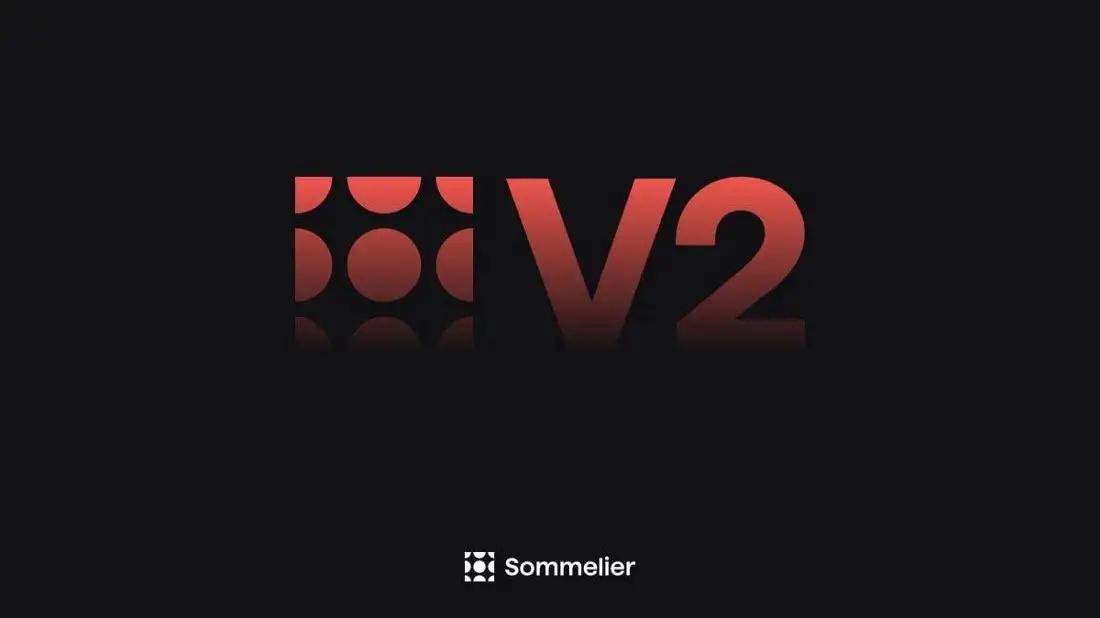
Sommelier Upgrades Cellar Architecture to Enable the Most Powerful DeFi Strategies in the Market

Real Yield USD is Coming to Maximize Stablecoin Yield

Retrospective on 2022 and the Journey Ahead

FAQ - Patache Digital’s Steady Strategies
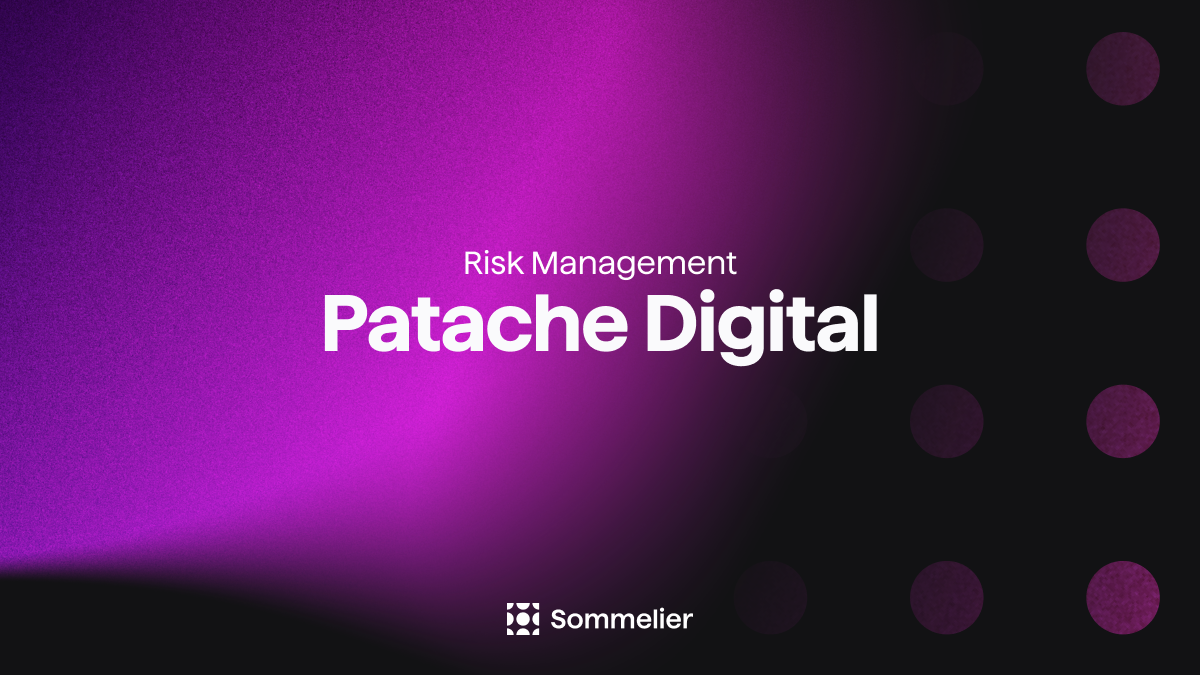
Patache Digital: Risk Management Discussion

Strategy Deep Dive: Patache Digital
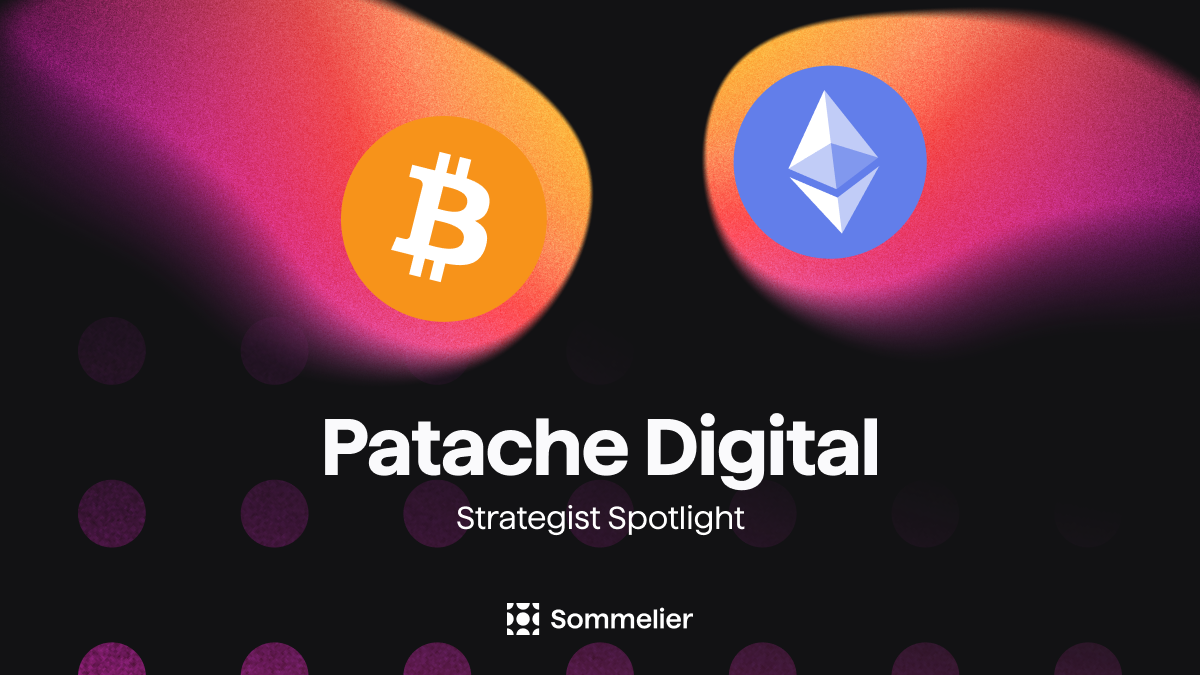
Strategy Provider Spotlight: Patache Digital
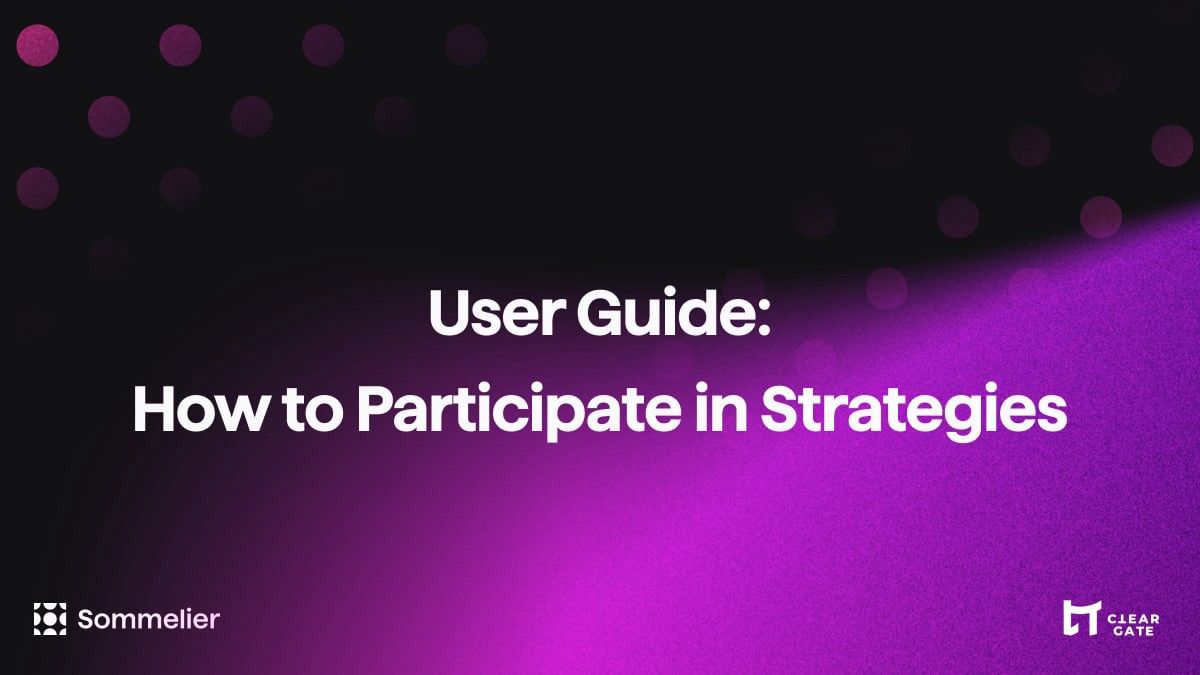
User Guide: How to Participate in Strategies on Sommelier

Sommelier Ambassador Program
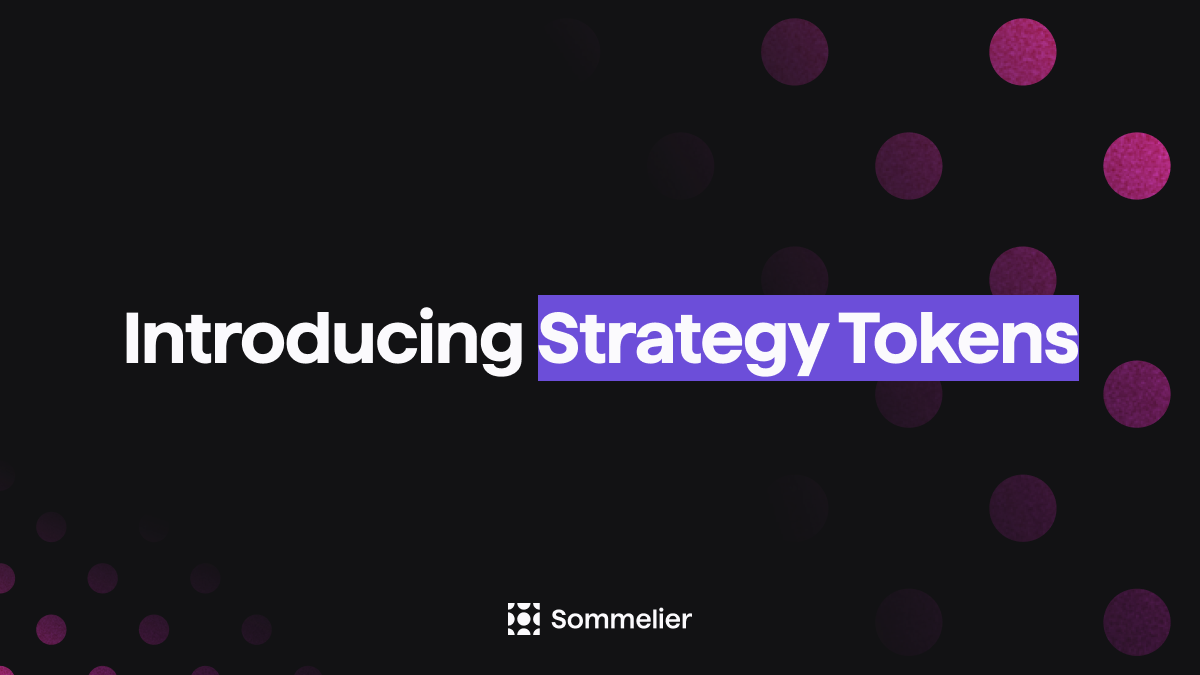
Strategy Tokens: What Are They and How Do They Work?

6 Core Principles of Sommelier
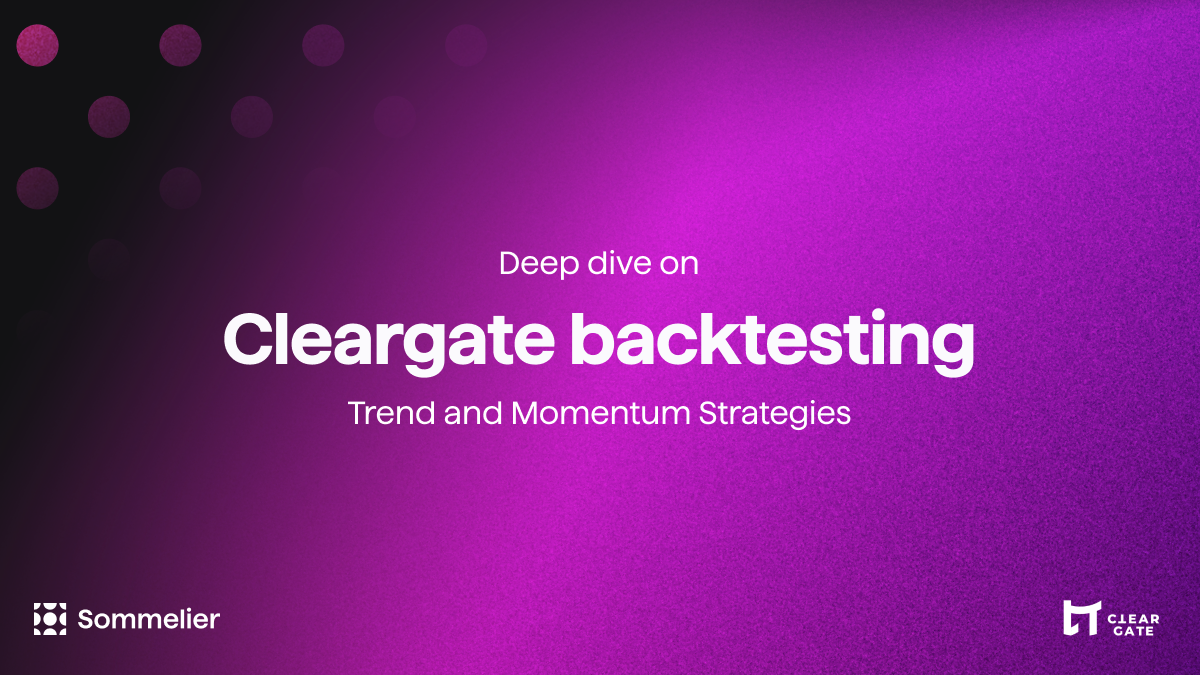
10/10/22 - Deep Dive on Cleargate Backtesting
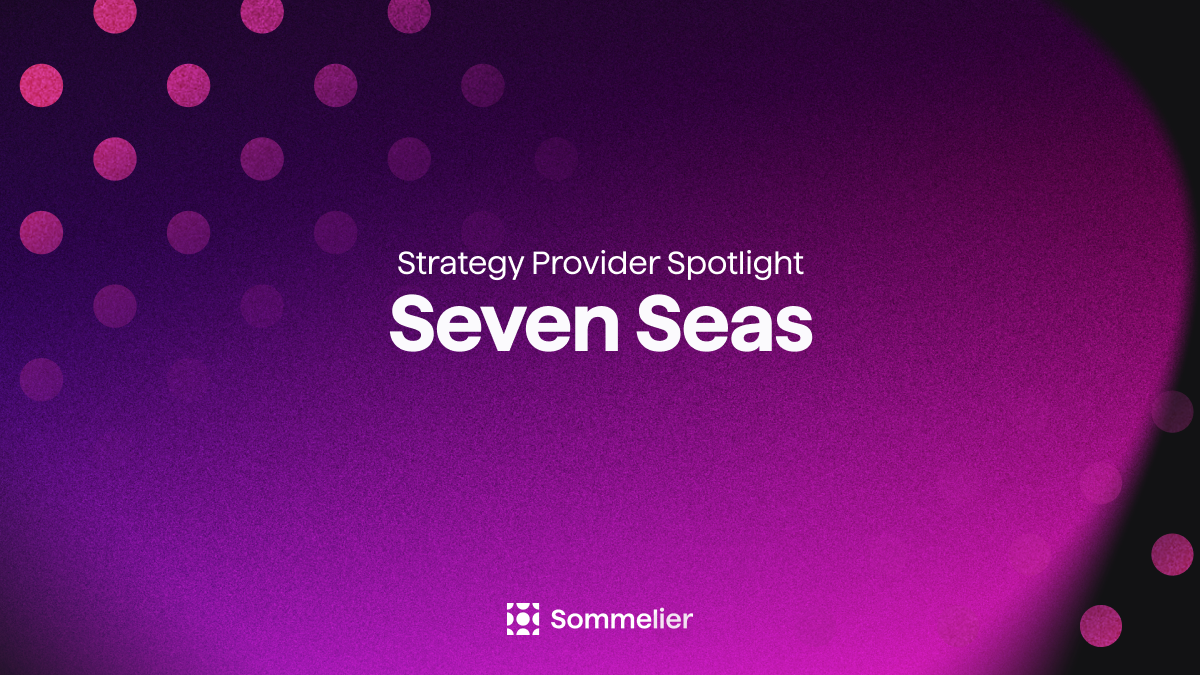
Strategy Provider Spotlight: Seven Seas

Deep Dive on Trend and Momentum Strategies

Strategy Provider Spotlight: ClearGate

Supporting Strategy Providers on Sommelier
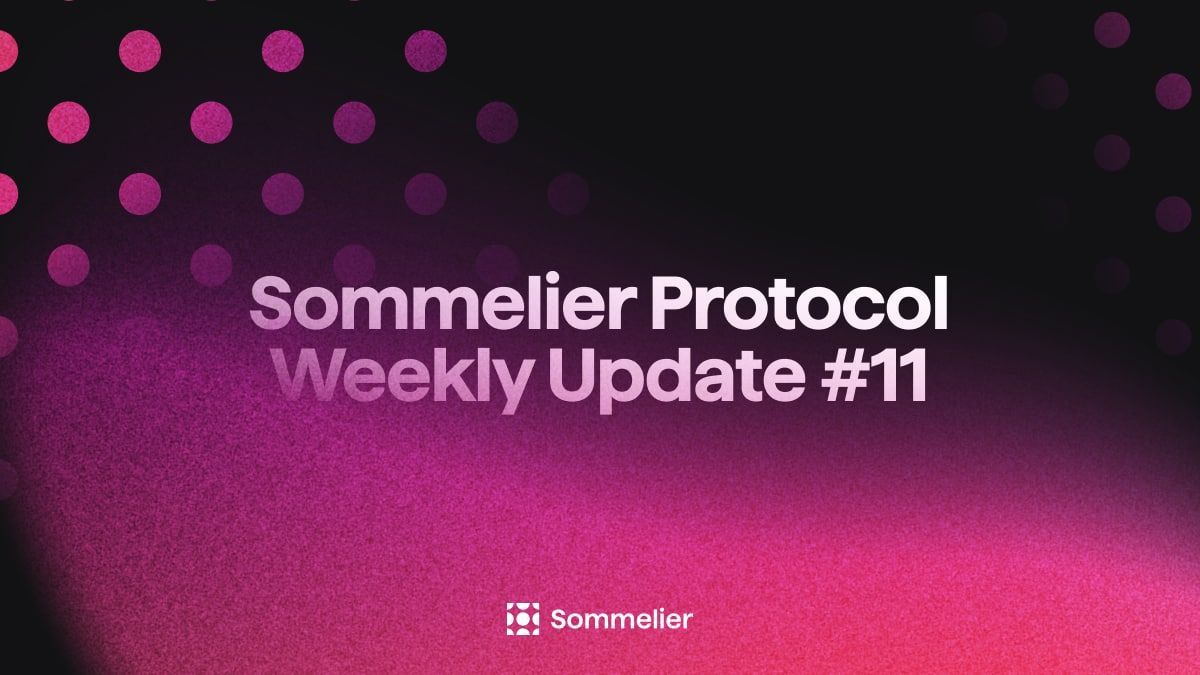
Sommelier Protocol Team Weekly Update #11
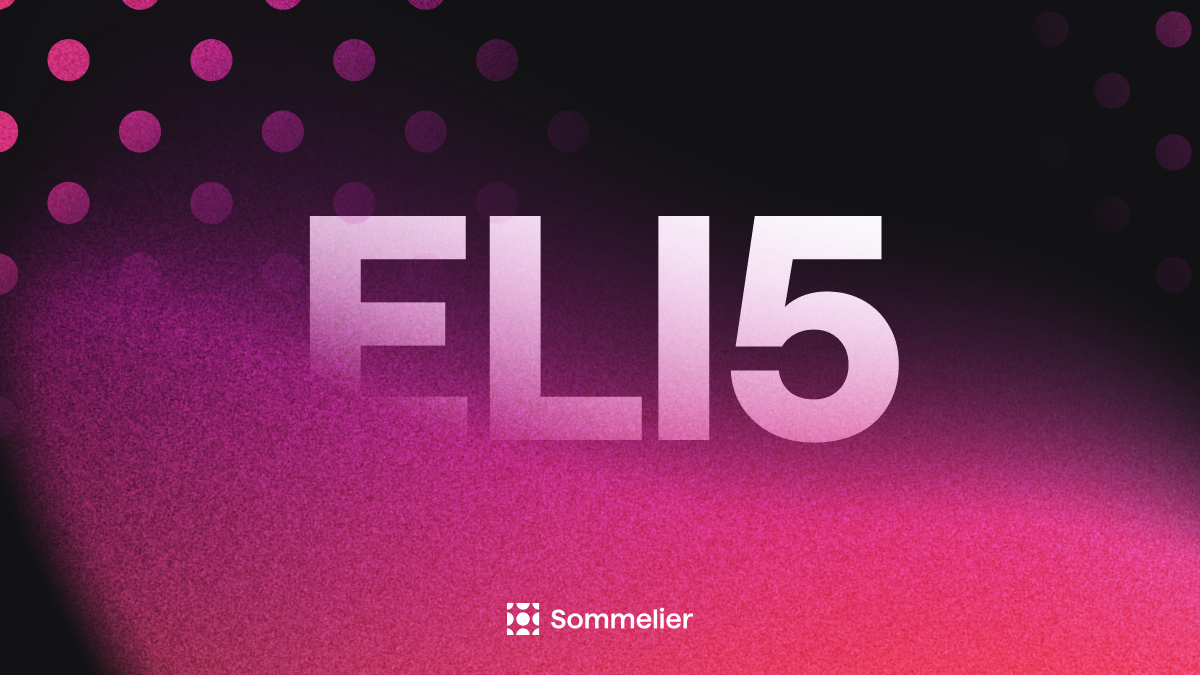
ELI-5 Explanation of the Data Science behind Sommelier’s First Aave Cellar

Sommelier Protocol Team Weekly Update #10
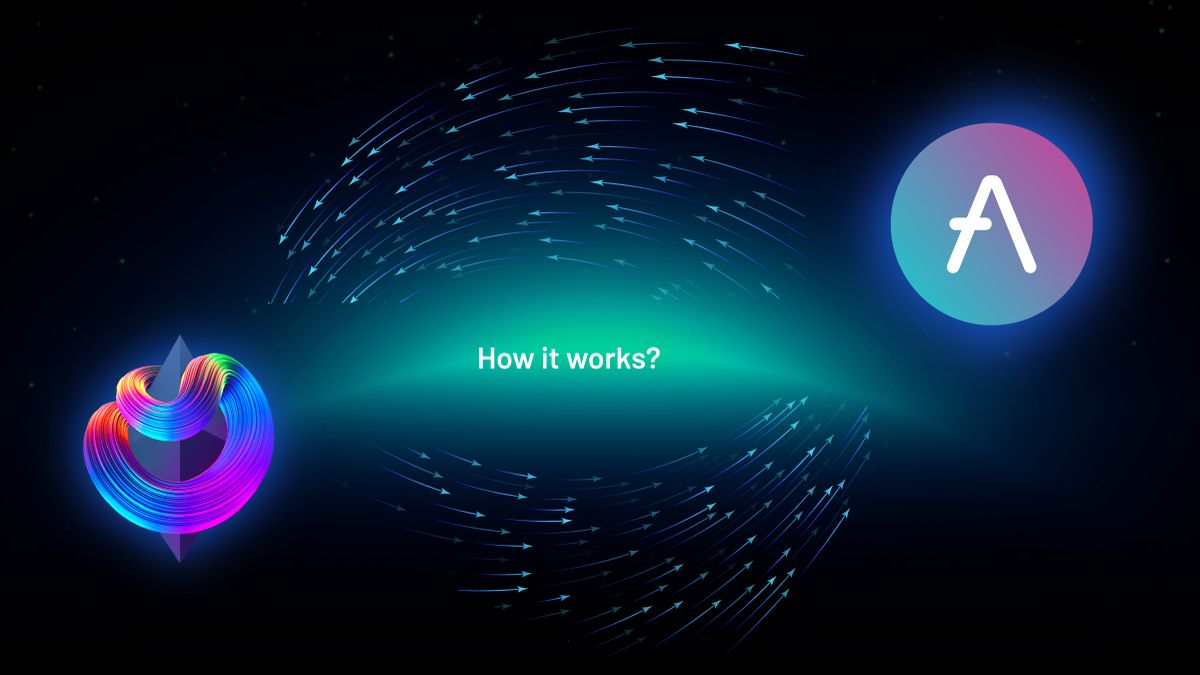
The Data Science Behind Sommelier’s First Aave Cellar
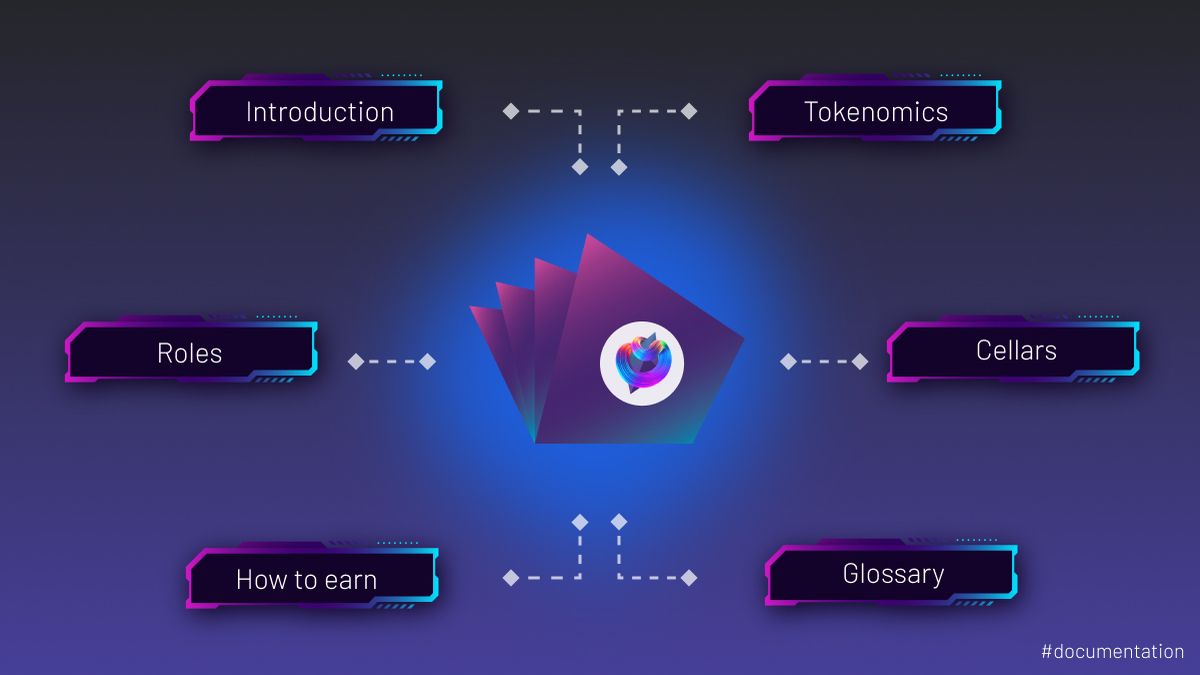
Sommelier Protocol Design Documents

Sommelier Protocol Team Weekly Update #9

Sommelier Protocol Team Weekly Update #8

Sommelier Protocol Team Weekly Update #7

Twitter Spaces With Sommelier: How to Launch a Cellar on Sommelier

Twitter Spaces With Sommelier: Protocol Upgrade and Community Update

Sommelier Protocol Team Weekly Update #4
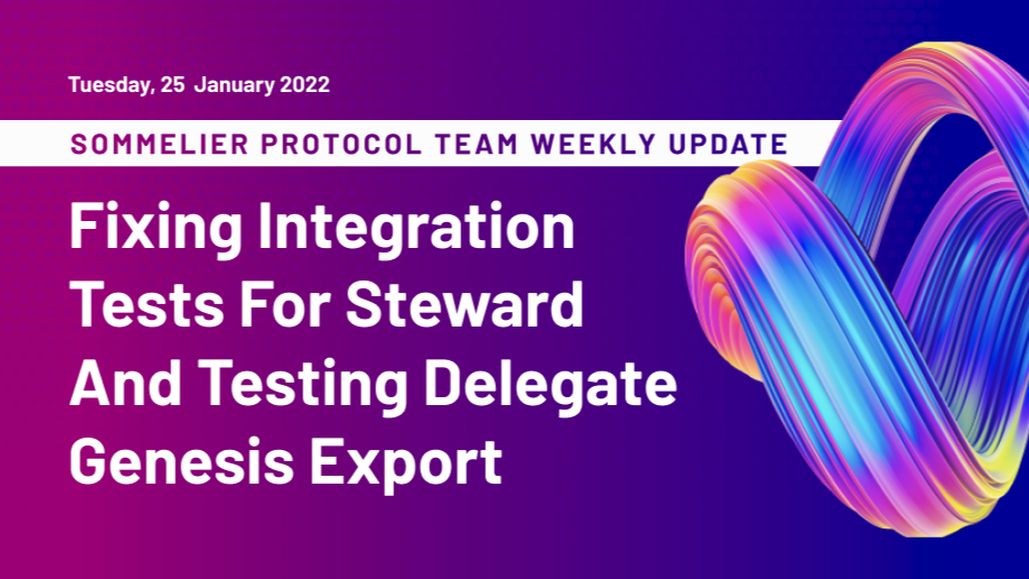
Sommelier Protocol Team Weekly Update #6
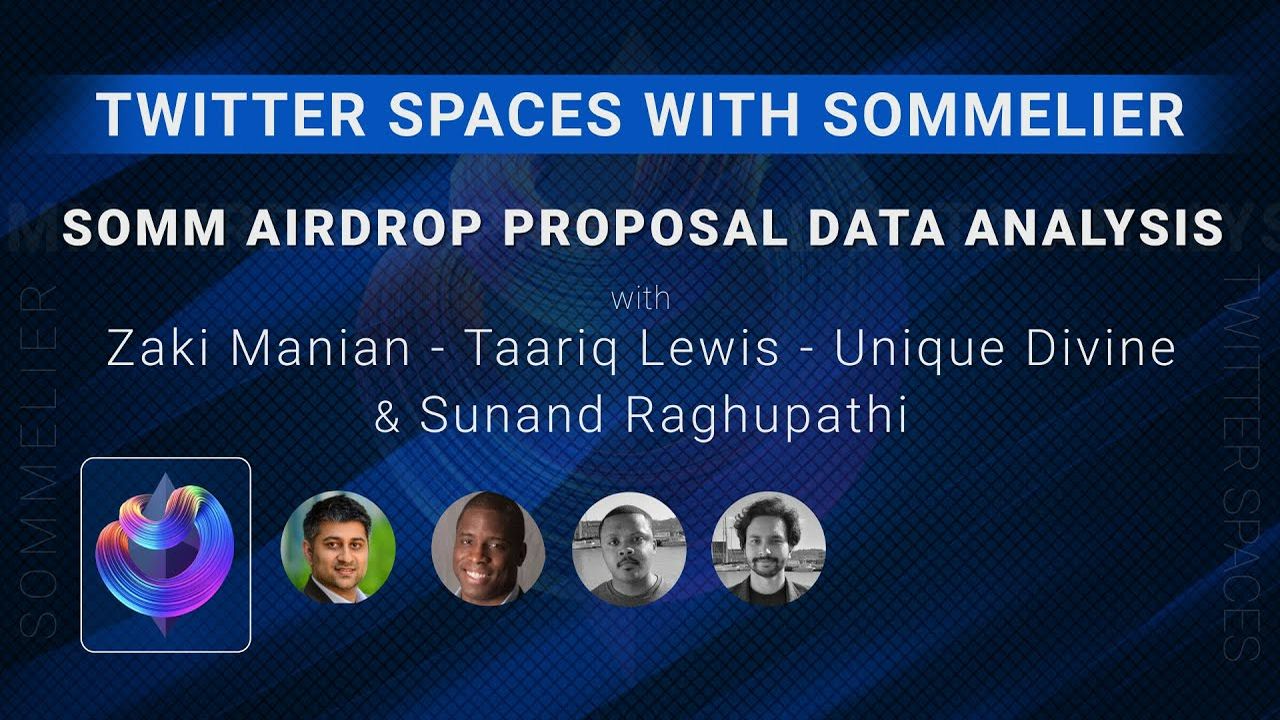
Twitter Spaces With Sommelier: SOMM Airdrop Proposal Data Analysis
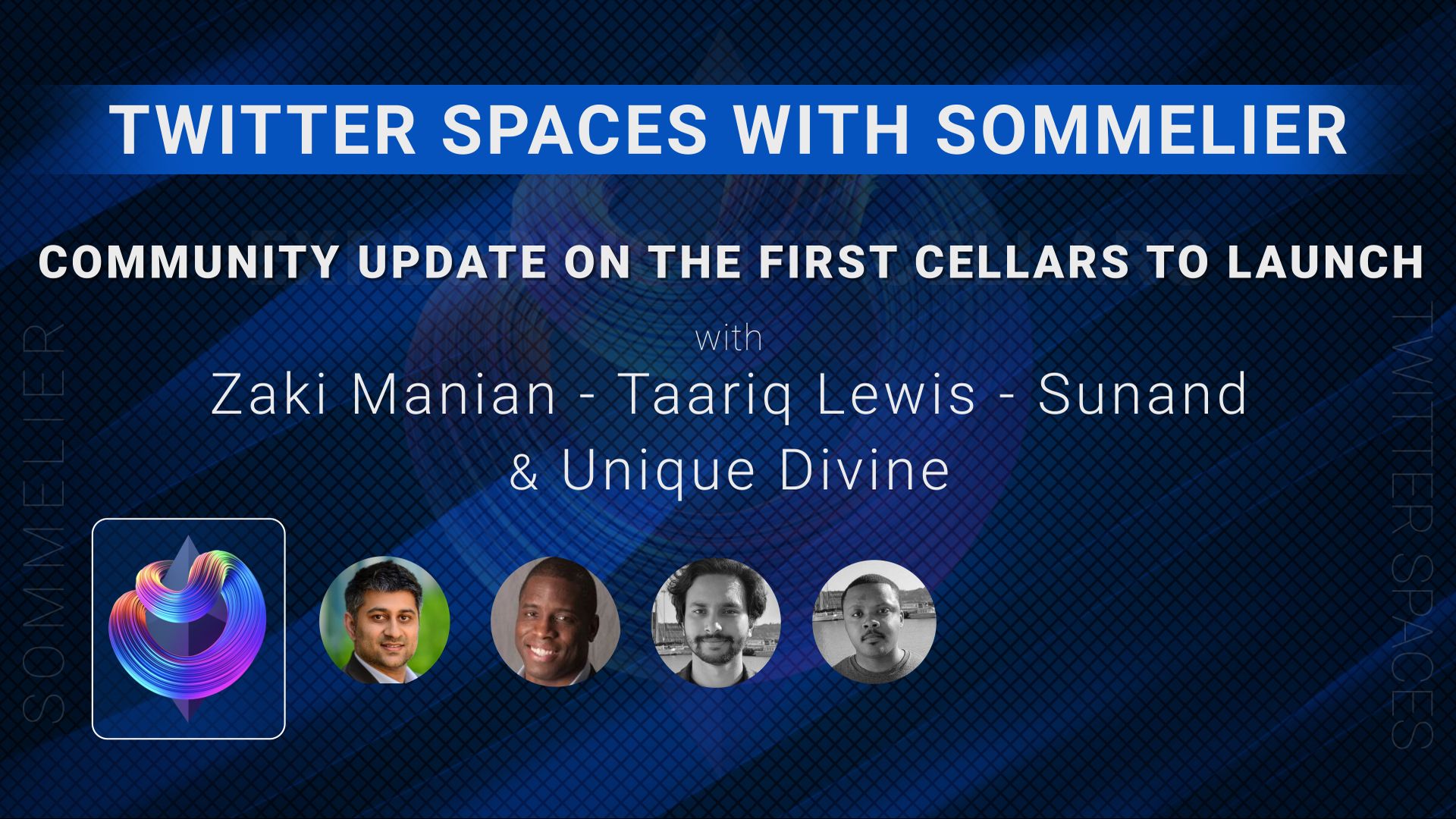
Twitter Spaces With Sommelier: Community Update on the First Cellars to Launch
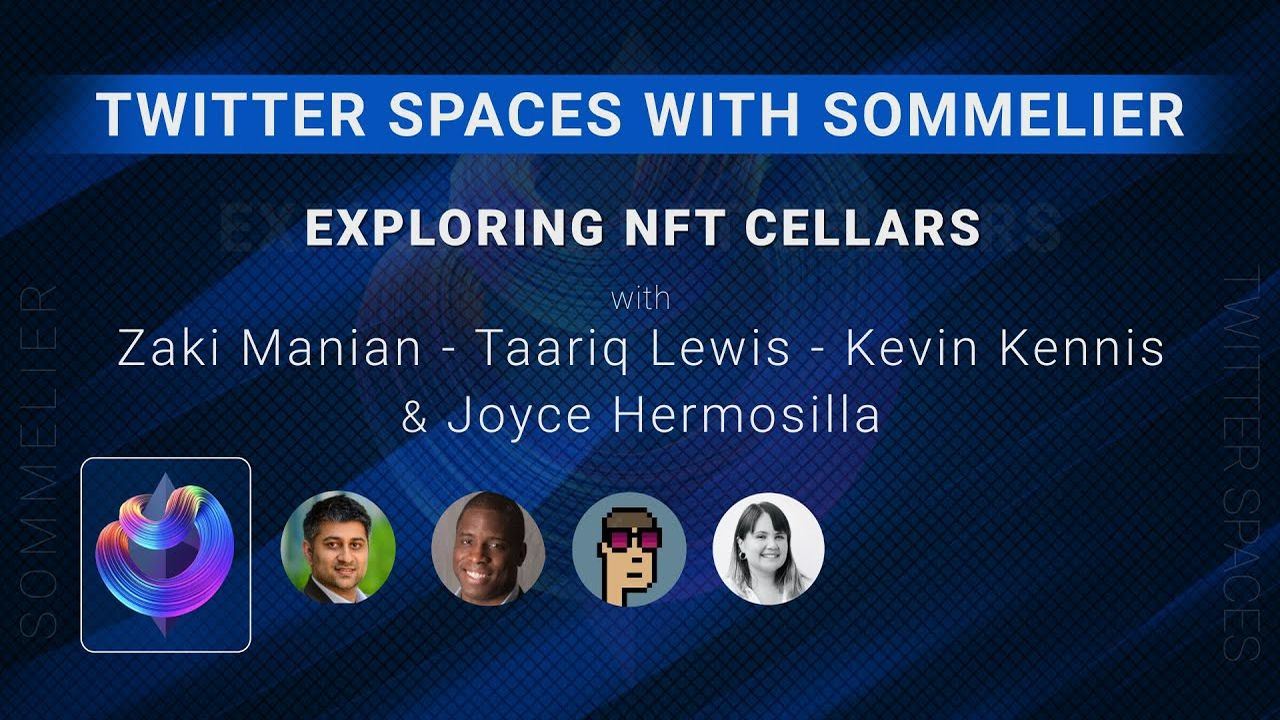
Twitter Spaces With Sommelier: Exploring NFT Cellars

Sommelier Protocol Team Weekly Update #1
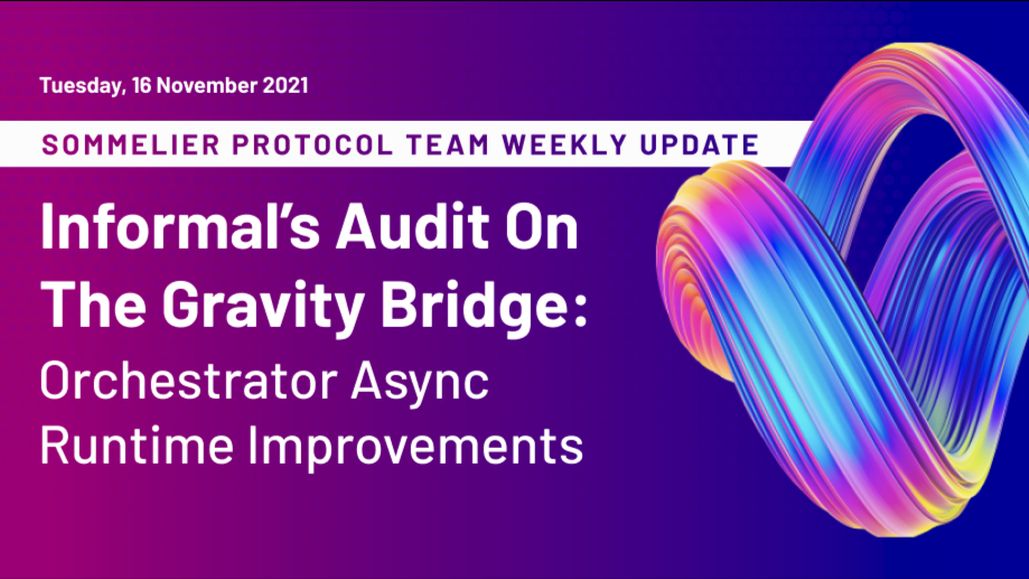
Sommelier Protocol Team Weekly Update #2
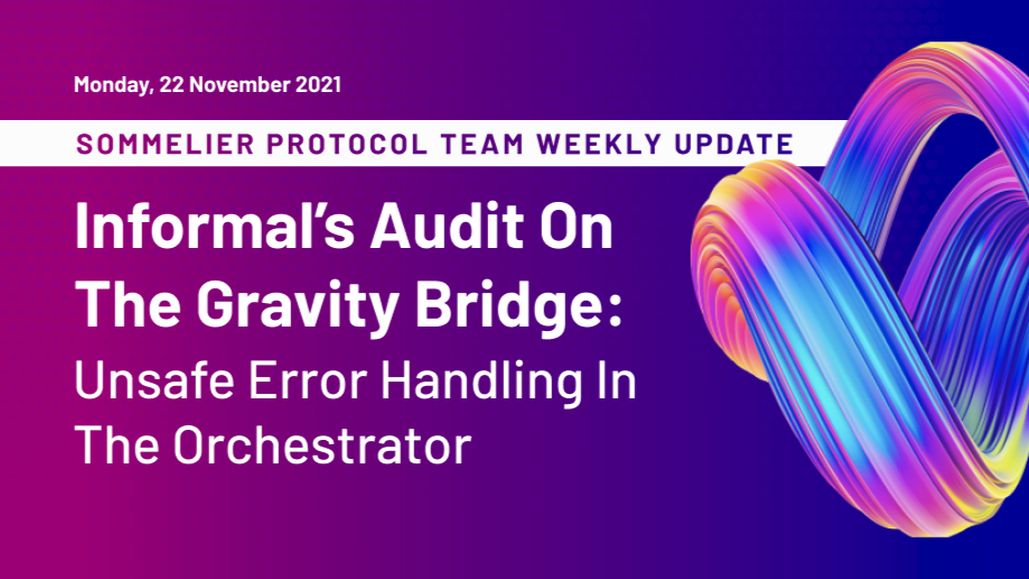
Sommelier Protocol Team Weekly Update #3

Three Things You Need to Know About Sommelier Governance This Week
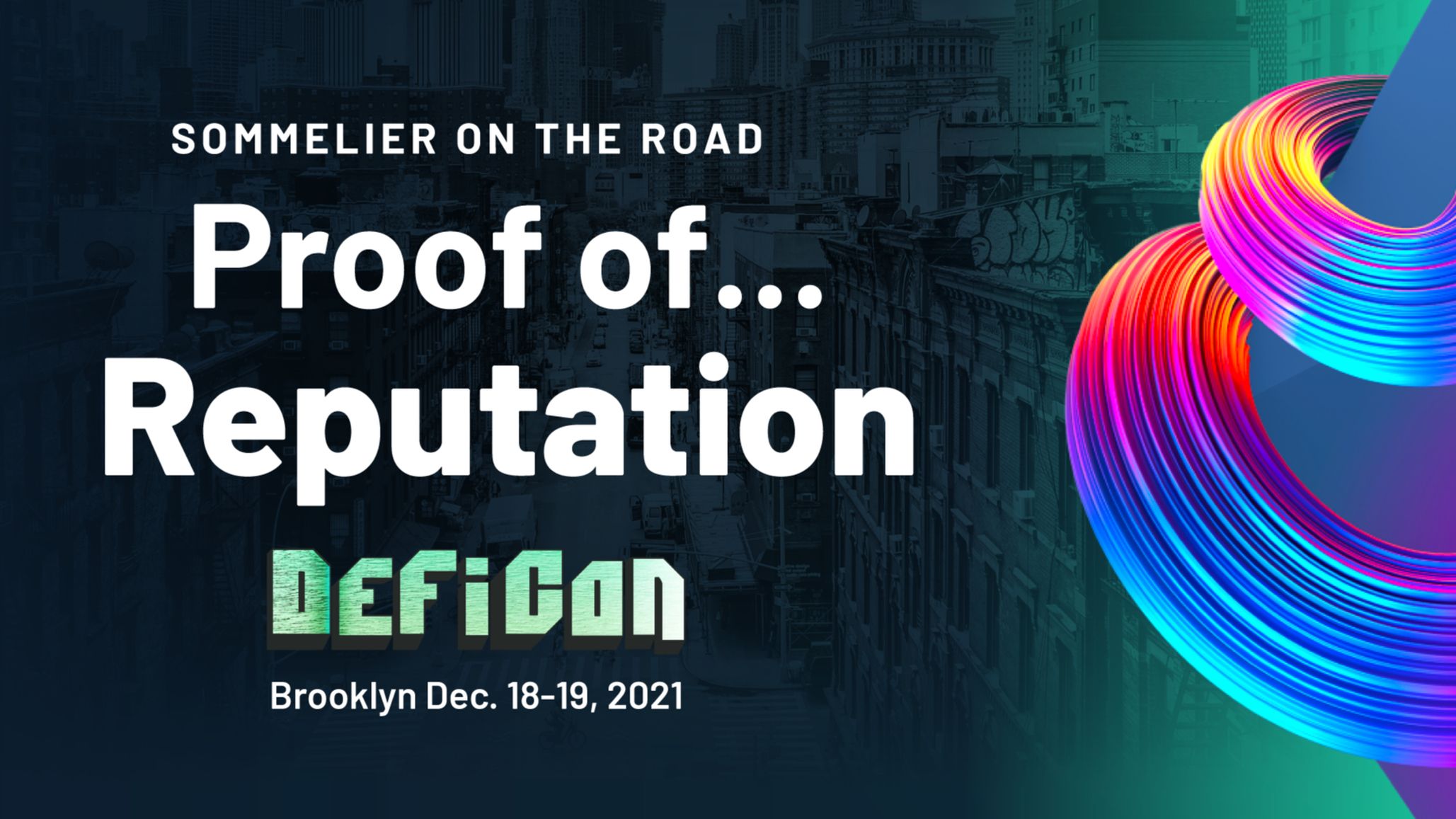
Sommelier On the Road: PROOF OF…REPUTATION
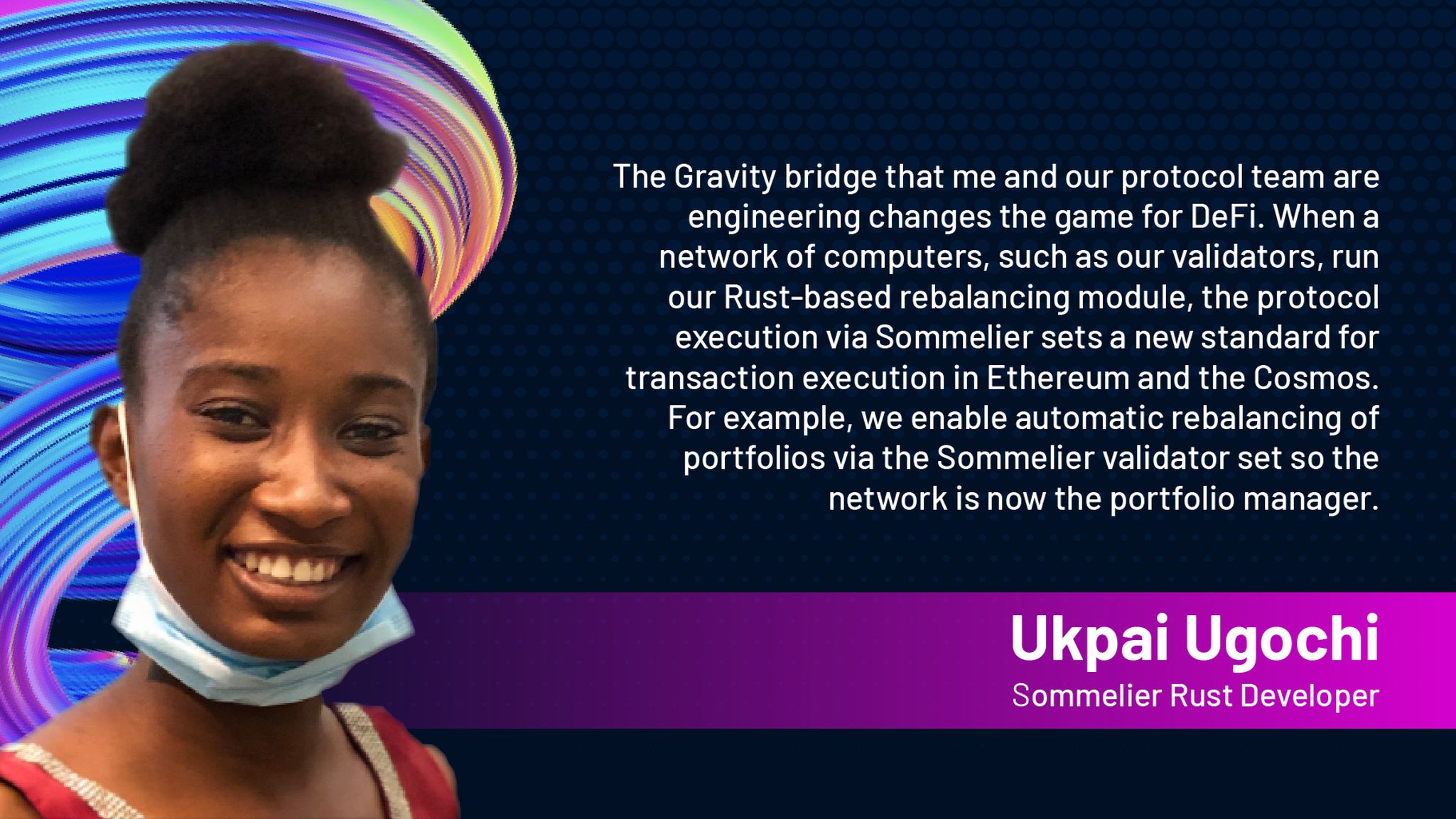
Introducing Ukpai Ugochi - Working on The Sommelier Cellars Rebalancer
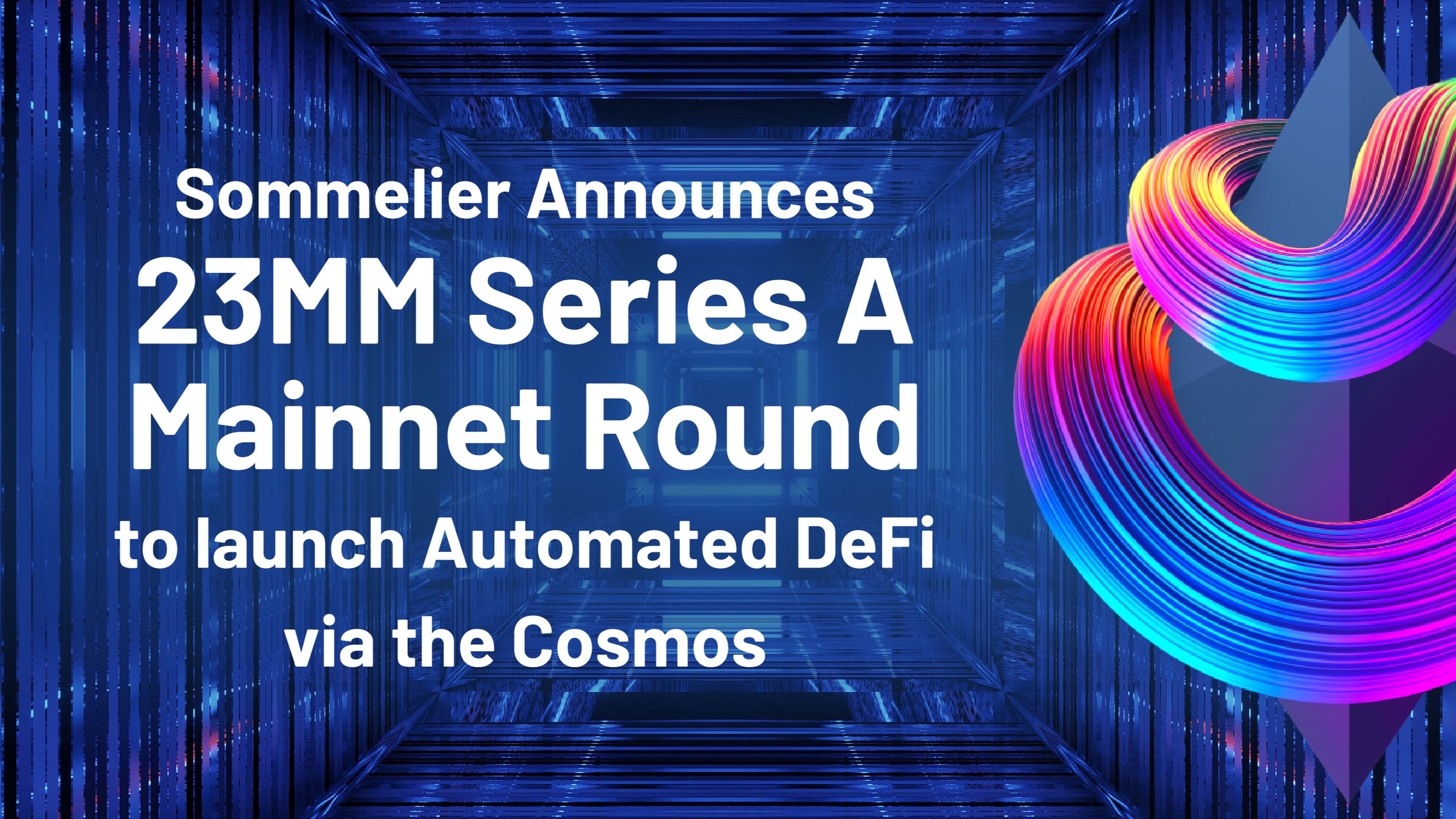
Sommelier Announces 23MM Series A Mainnet Round to launch Automated DeFi via the Cosmos
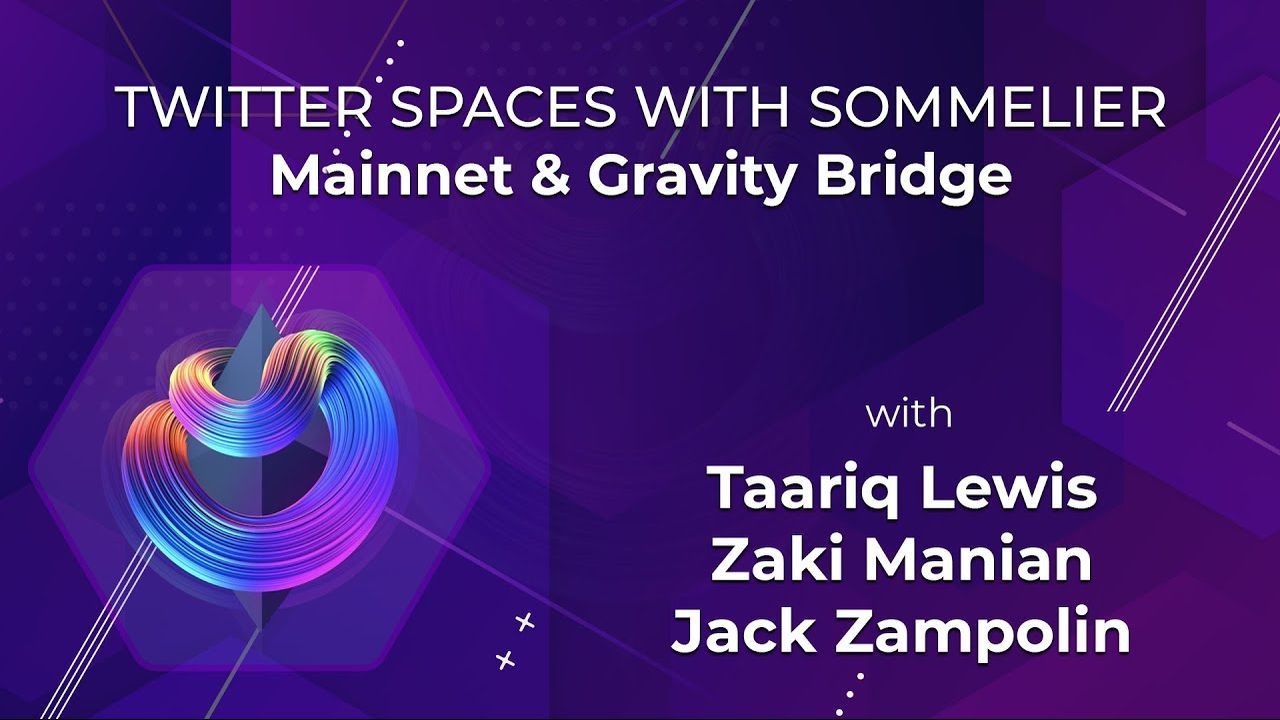
Twitter Spaces With Sommelier: Mainnet Launch & Gravity Bridge
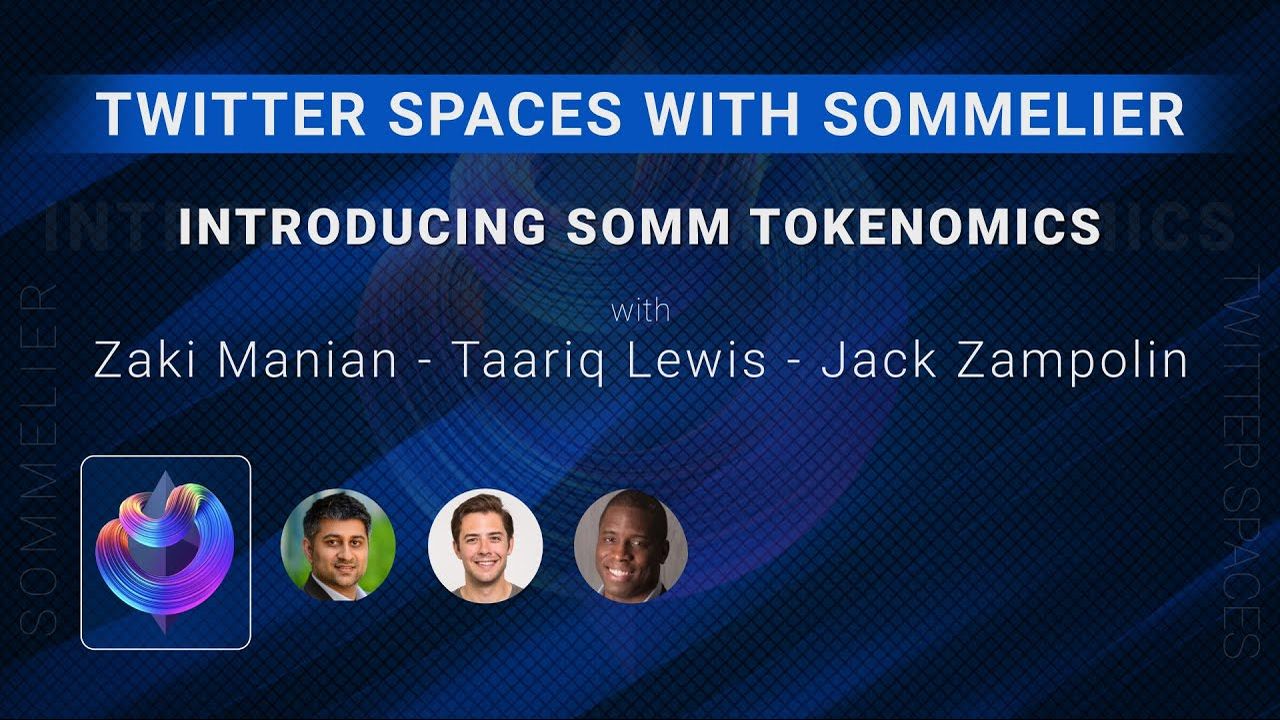
Twitter Spaces With Sommelier: Introducing SOMM Tokenomics

Twitter Spaces With Sommelier: Mysten Labs AMA With Evan Cheng

Introducing SIPS and Sommelier’s Governance Structure

Twitter Spaces With Sommelier: End of Year AMA 2021

Twitter Spaces With Sommelier: Intro to SIPS & Lisbon Blockchain Week
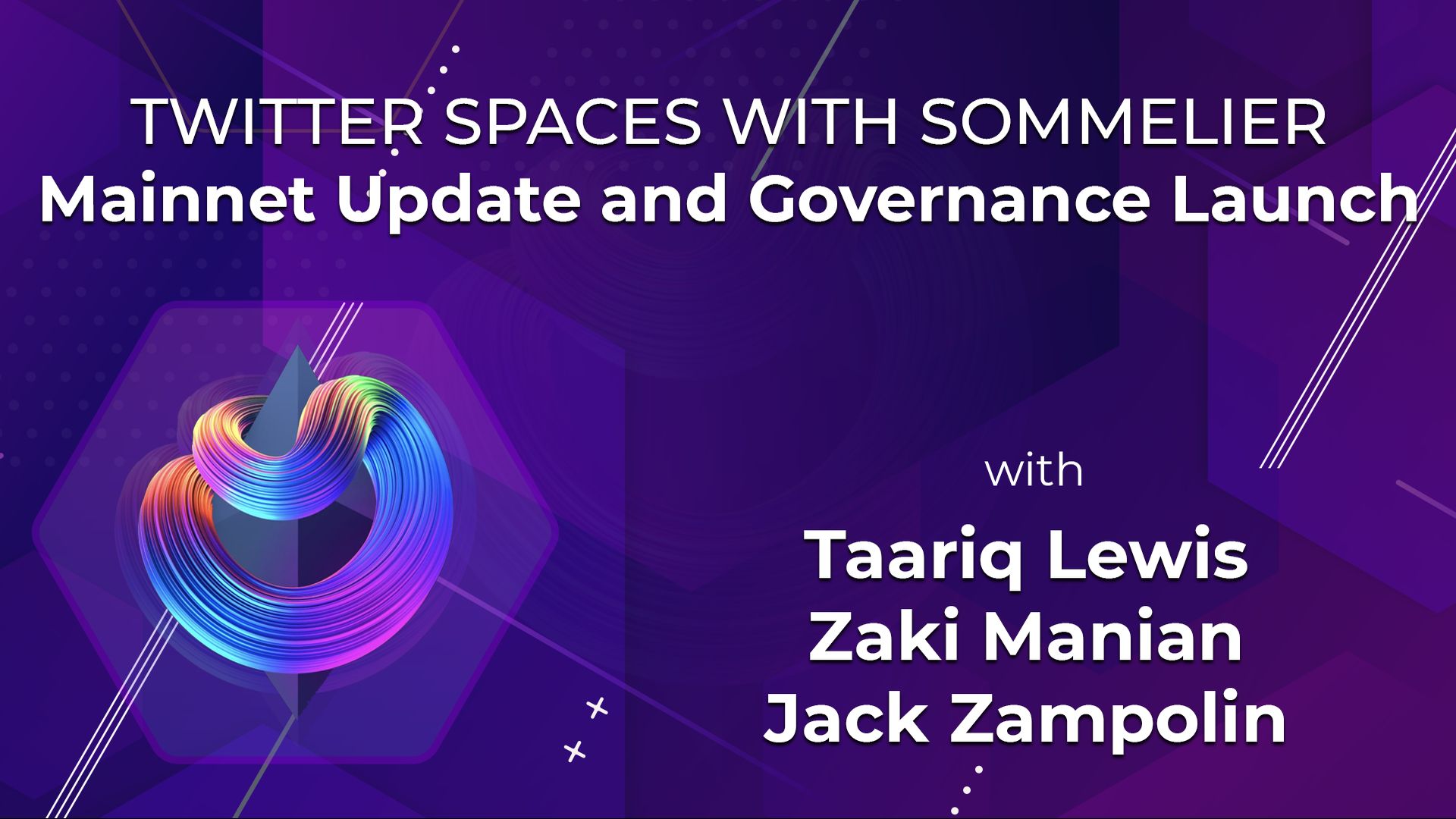
Twitter Spaces With the Sommeliers: Mainnet Update and Governance Launch

Sommelier Partners With Mysten Labs to Make Sommelier and All Cosmos Blockchains the Fastest Protocols on the Planet
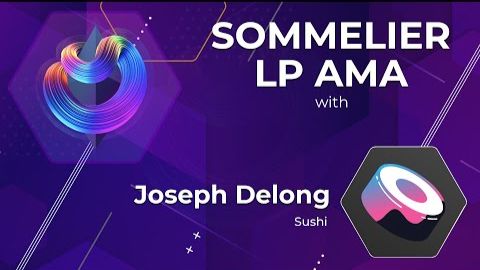
Twitter Spaces With the Sommeliers: Sushi AMA With Joseph Delong
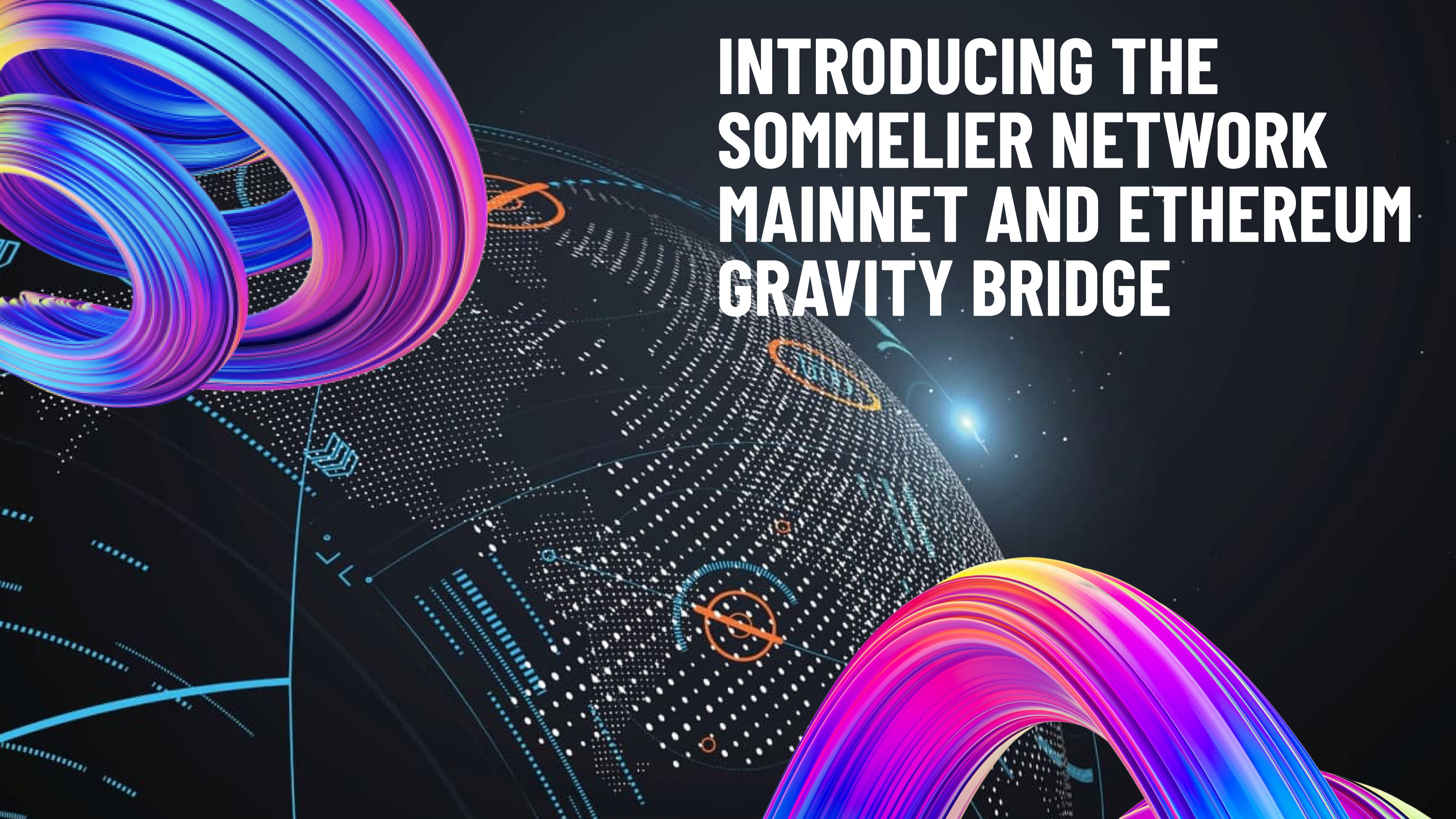
Introducing the Sommelier Network Mainnet and Ethereum Gravity Bridge
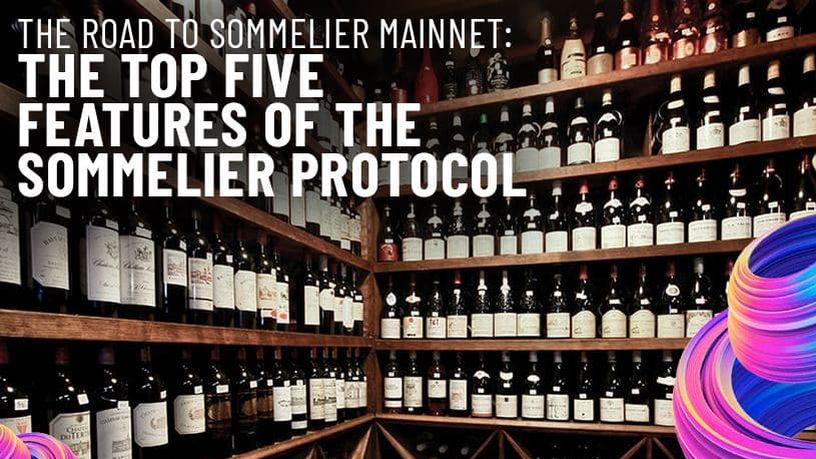
The Top Five Features of the Sommelier Protocol

Call for Validators: The Two Step Process for 2021

Two New Features Launched to Test Liquidity Management on Uniswap v3

Uniswap v3 Remove Smart Contract Incident Post Mortem for Sommelier
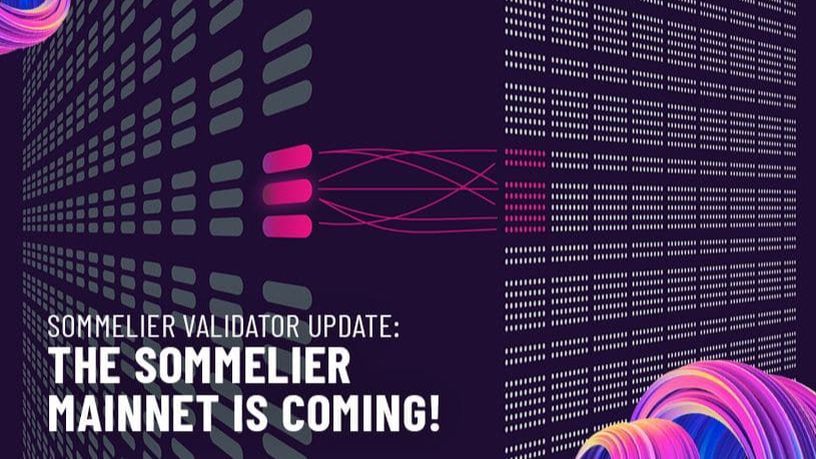
Call for Validators: Road to Sommelier Mainnet
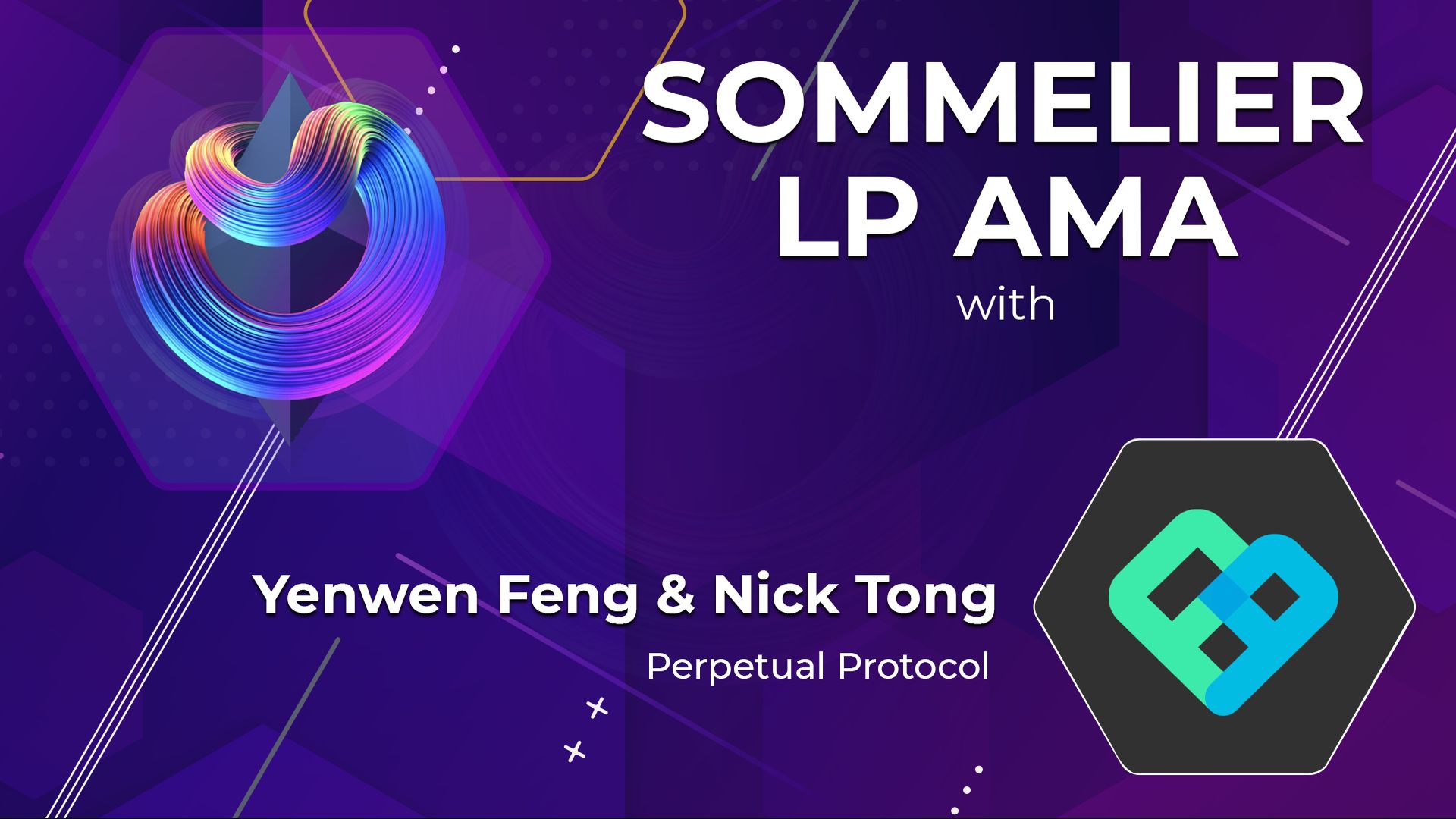
Sommelier Liquidity AMA With Yenwen and Nick From Perpetual Protocol
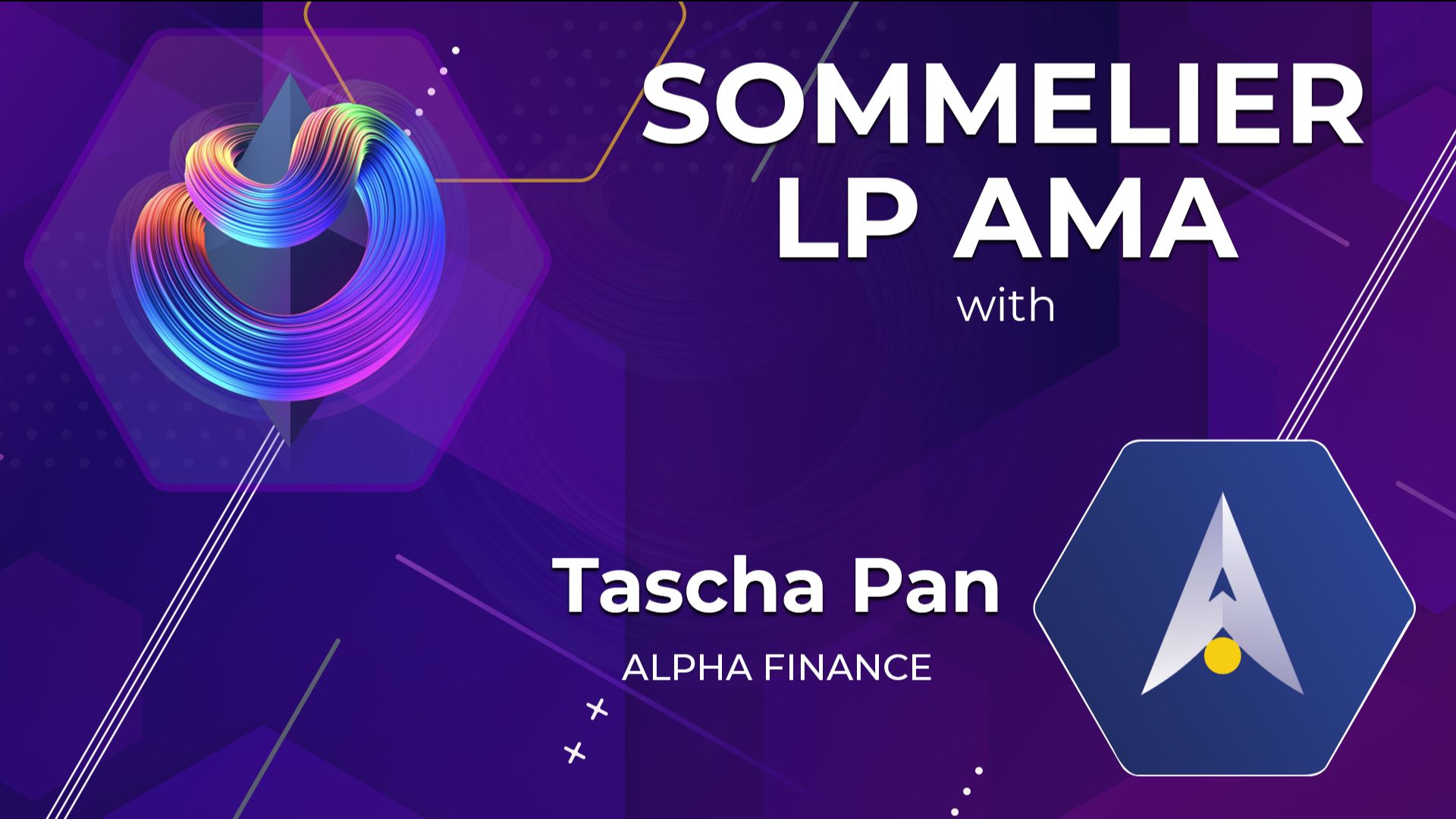
Sommelier Liquidity AMA With Tascha Pan From Alpha Finance
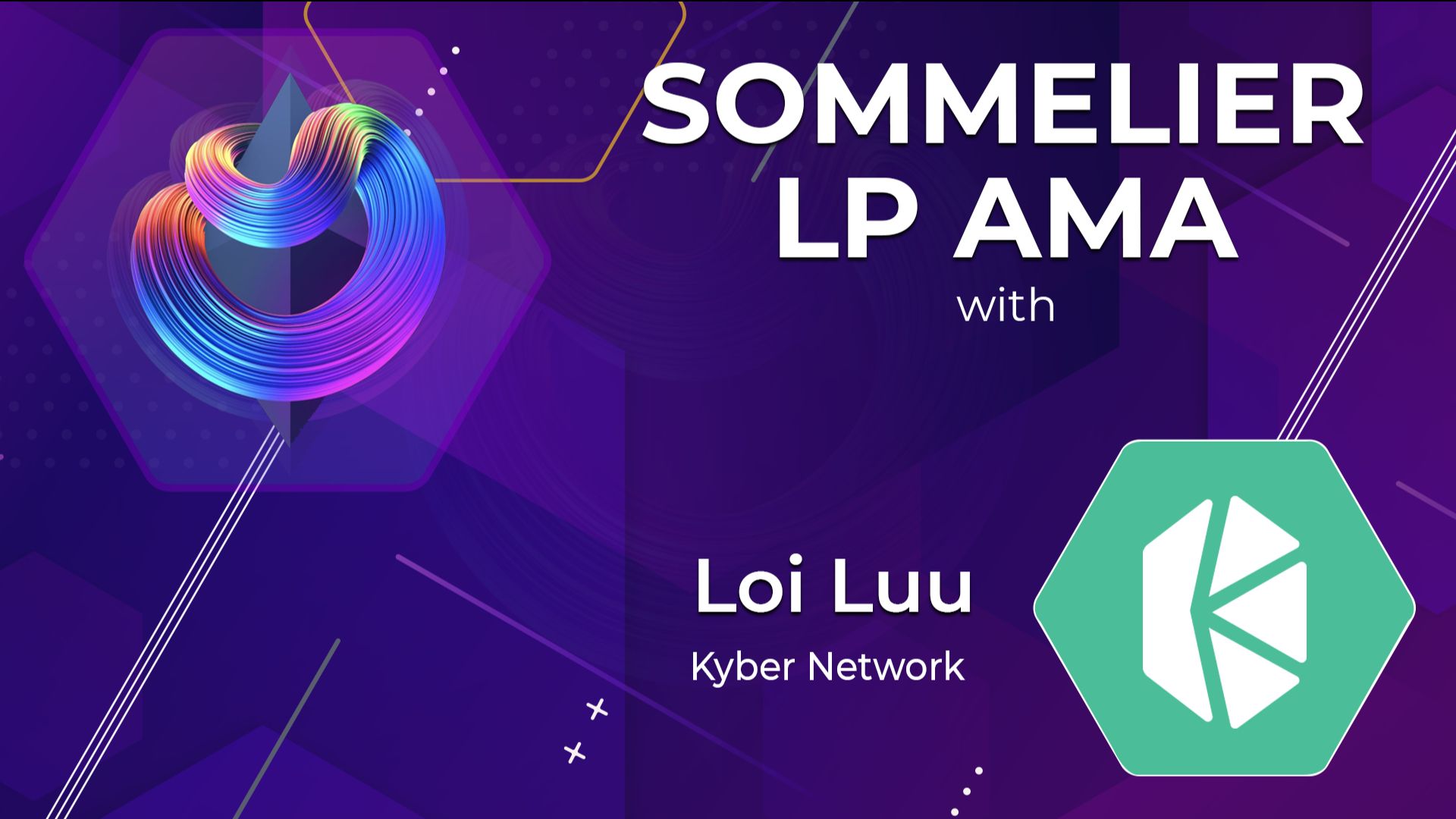
Sommelier Liquidity AMA With Loi Luu From Kyber Network

Sommelier Liquidity AMA With Alex From Peanut
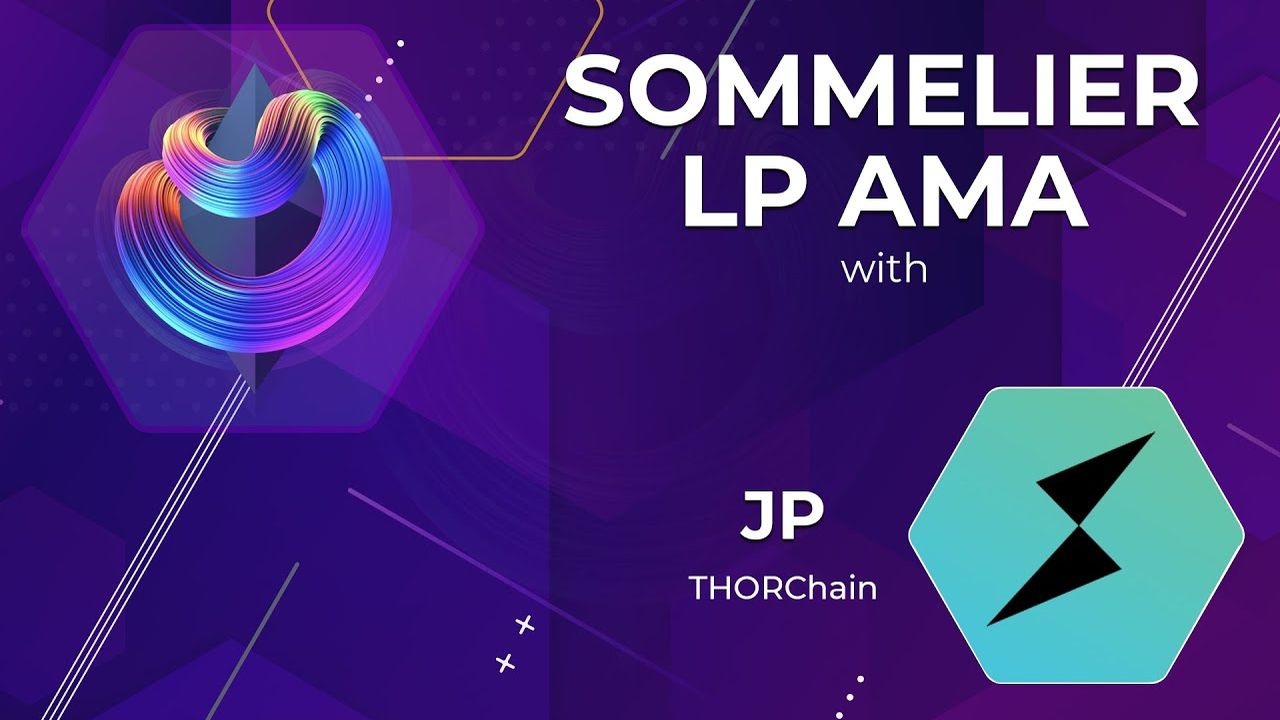
Sommelier Liquidity AMA With JP From THORChain

Sommelier Liquidity AMA With Alan Chiu From OMGX Network
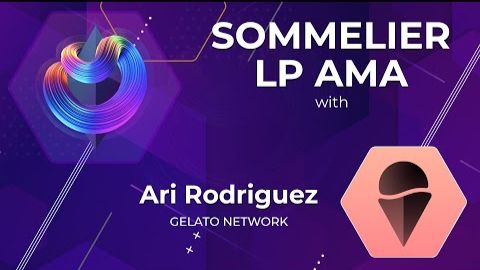
Sommelier Liquidity AMA With Ari From Gelato Network
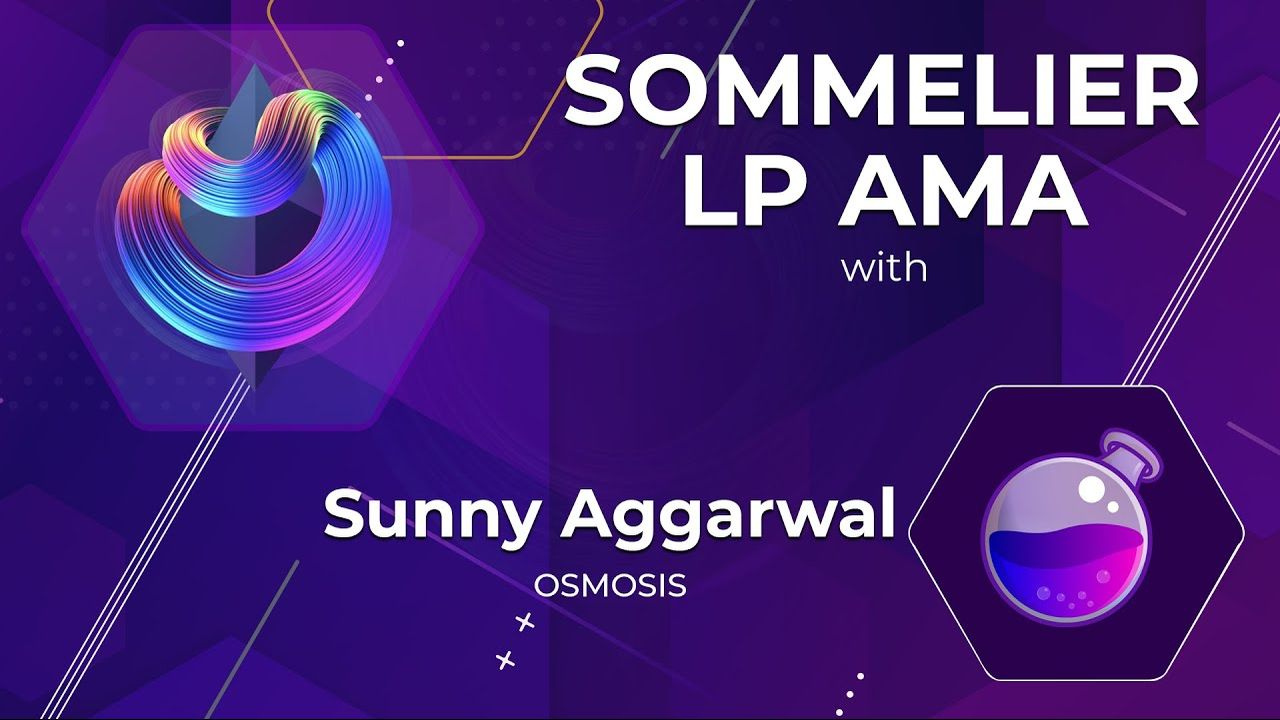
Sommelier Liquidity AMA With Sunny Aggarwal From Osmosis
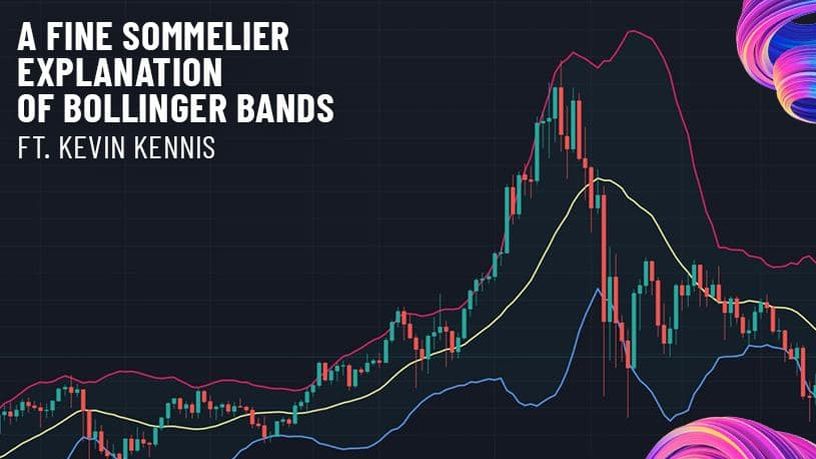
A Fine Sommelier Explanation of Bollinger Bands With Kevin Kennis

Sommelier Liquidity AMA With Mona El Isa From Enzyme

Sommelier Liquidity AMA With Haxor From Method Finance

Sommelier Liquidity AMA With Tor From Secret Network
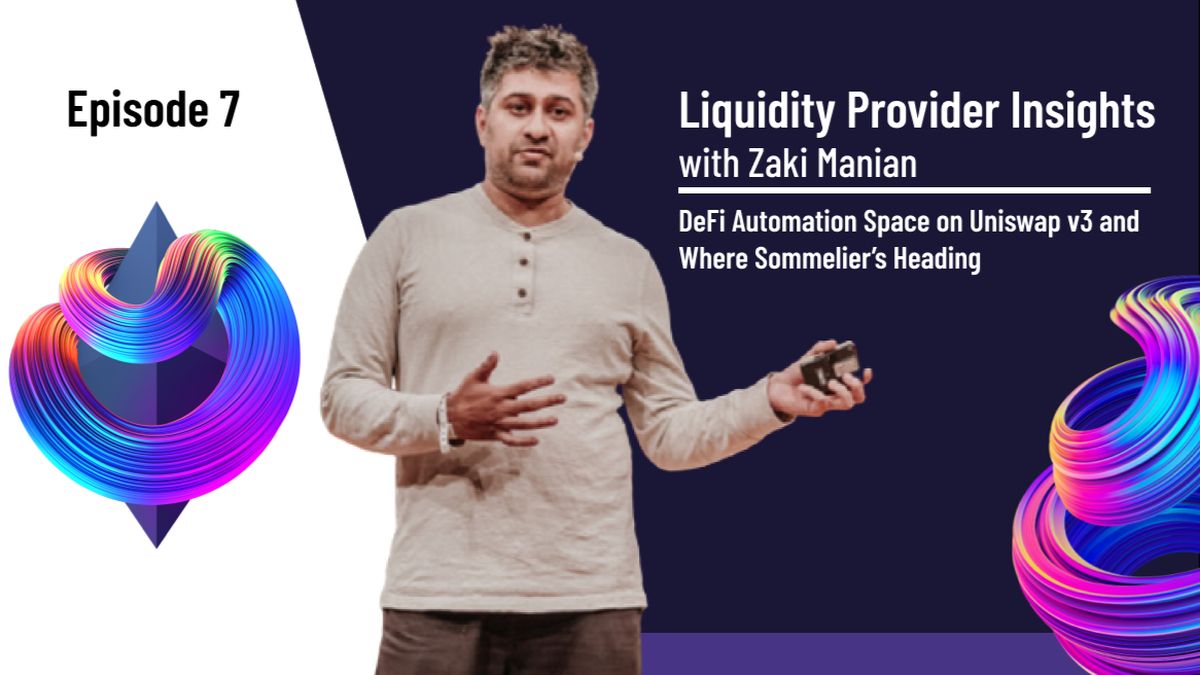
Liquidity Provider Insights With Zaki Manian - Ep. 7 - DeFi Automation Space on Uniswap v3 and Where Sommelier’s Heading
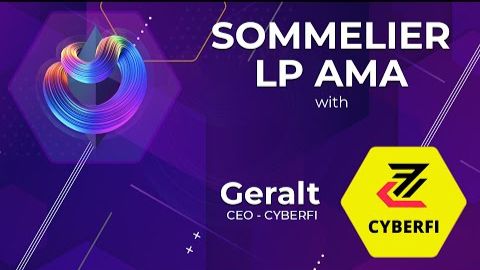
Sommelier Liquidity AMA With Geralt From CyberFi

A Pairings Tutorial of Two Sided Liquidity Addition with Sommelier
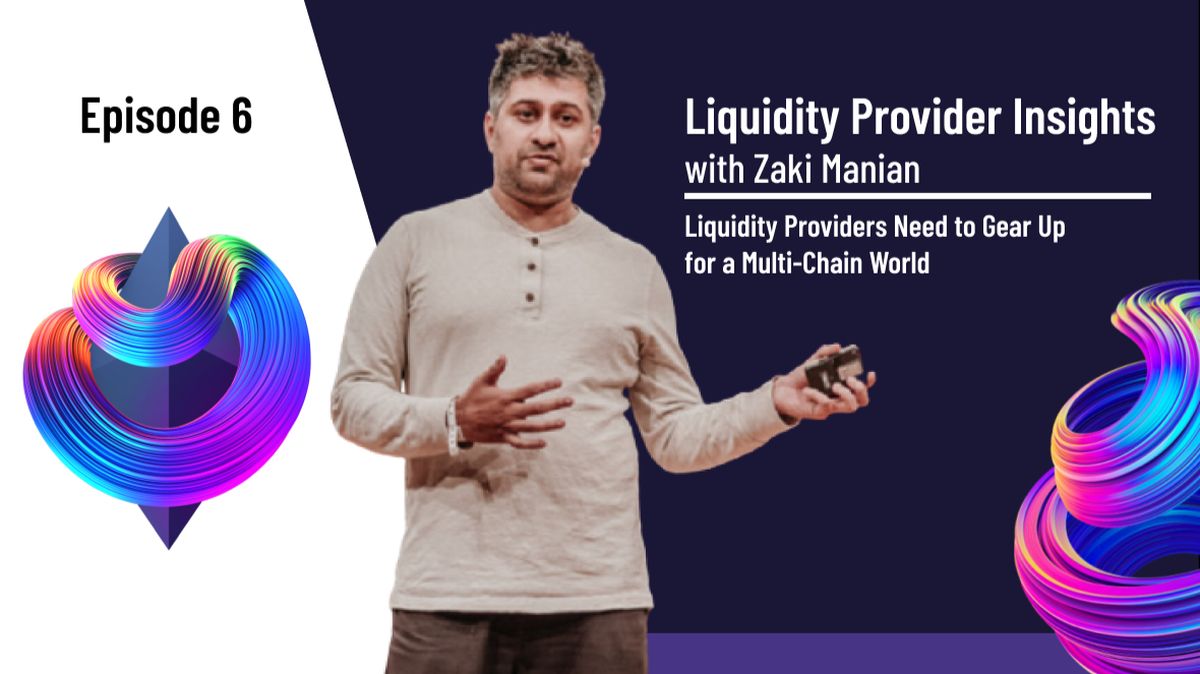
Liquidity Provider Insights with Zaki Manian - Ep. 6 - Liquidity Providers Need to Gear Up for a Multi-Chain World

Three New Summer Features for Liquidity Providers

Sommelier Liquidity AMA with Tom C and Max W from Charm

Sommelier Liquidity AMA with Dereek69 & Shalaquiana from BIOPset

Sommelier This Week - June 3rd 2021: The Road to Mainnet
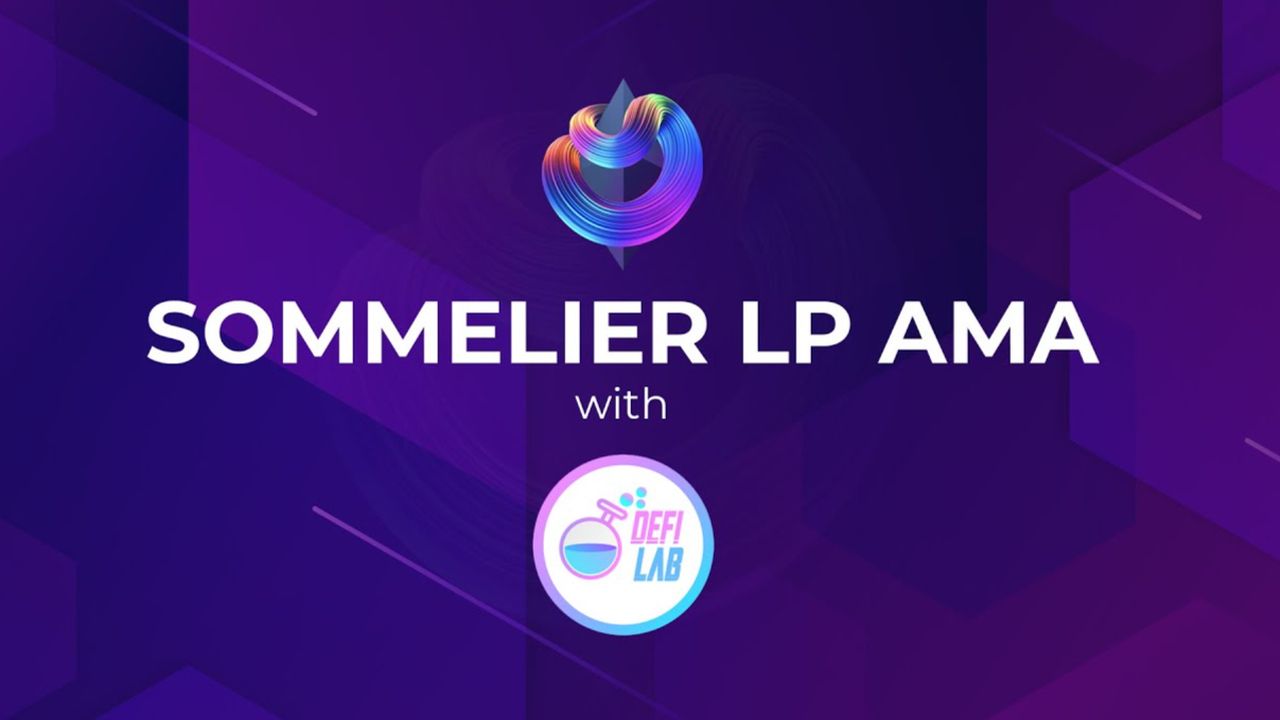
Sommelier Liquidity AMA with Federico Landini from DefiLab
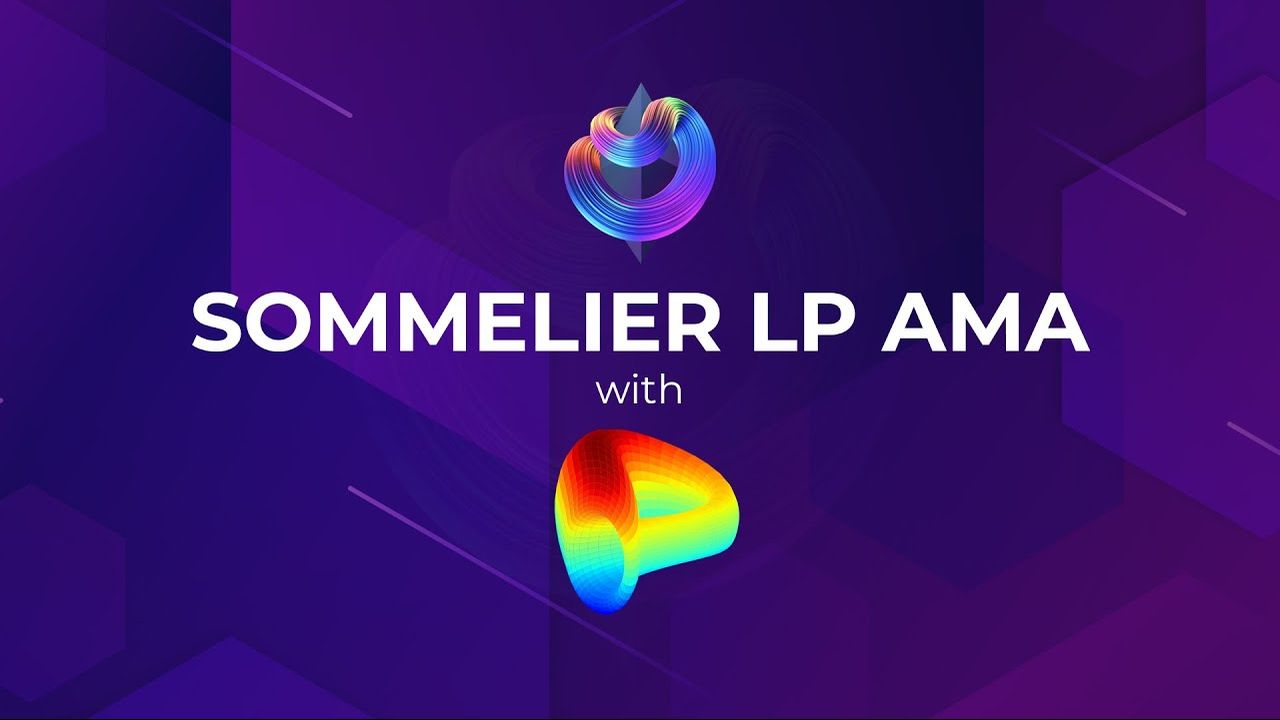
Sommelier Liquidity AMA with Michael Egorov from Curve
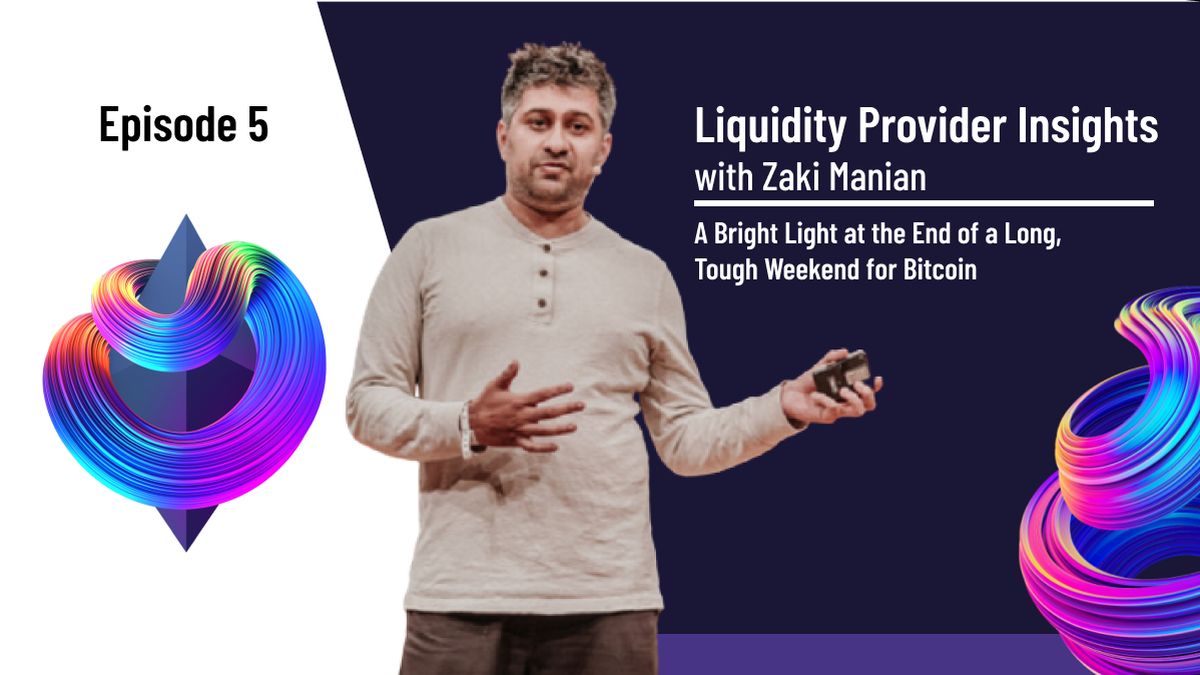
Liquidity Provider Insights with Zaki Manian - Ep. 5 - A Bright Light at the End of a Long, Tough Weekend for Bitcoin

Sommelier This Week - May 27th 2021: What Aspiring Sommelier Validators Need to Know on Last Week’s Protocol and App Progress
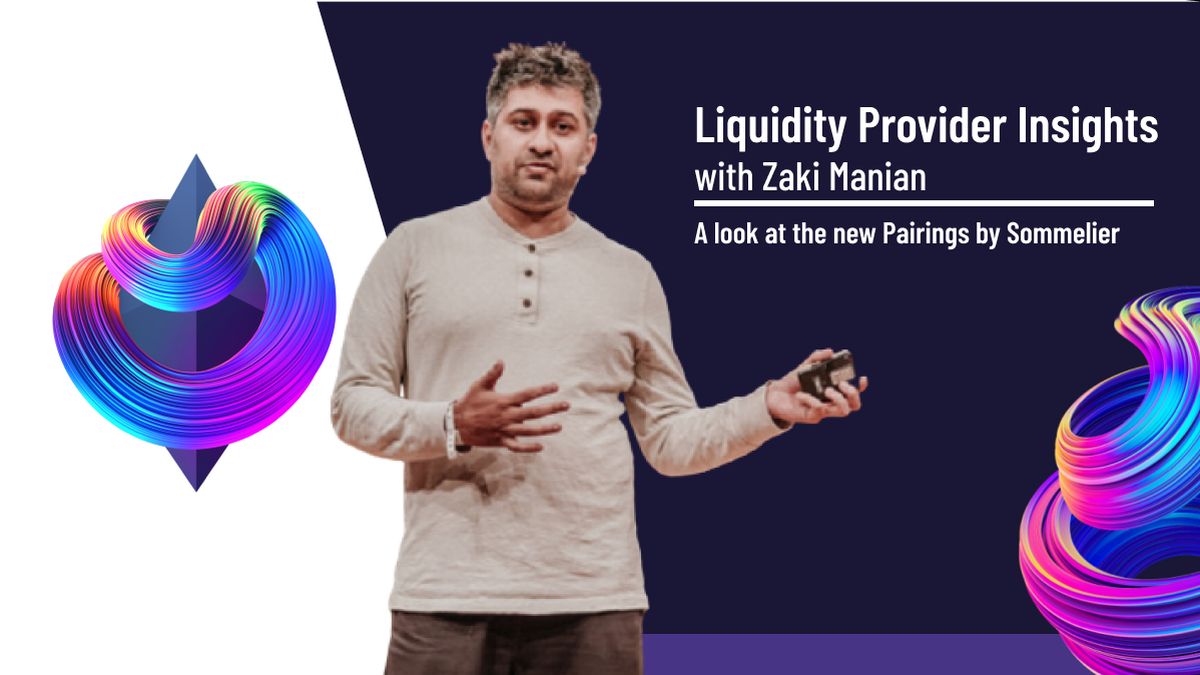
Liquidity Provider Insights with Zaki Manian (Special Edition) - Ep. 4 - New Pairings Release
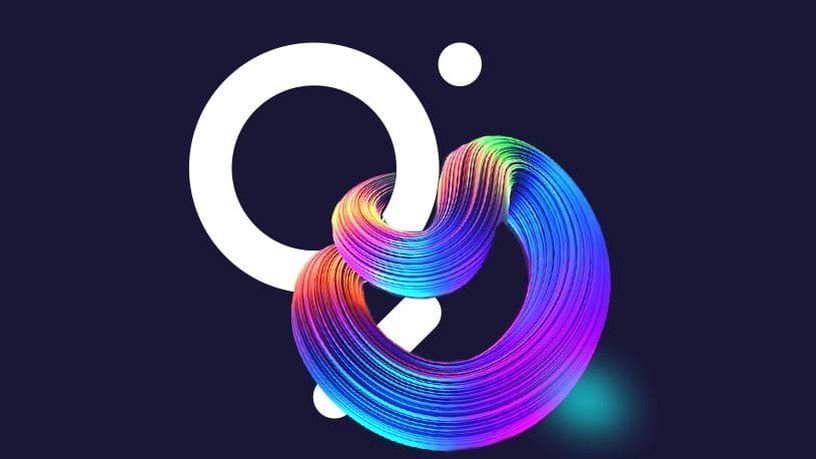
Sommelier R&D AMA With Yaniv Tal From the Graph

Sommelier Liquidity AMA with MacLane Wilkison from NuCypher

The Eight Steps to Become a Liquidity Provider with Pairings

Sommelier NFT Awards - May 18th, 2021
Pairings By Sommelier: The FAQ

Zaki Manian Breaks Down What Liquidity Providers Need to Know Under Uniswap v3

Sommelier This Week - May 6th 2021: How This Week’s Protocol and App Progress Weaves Together to Make a Product
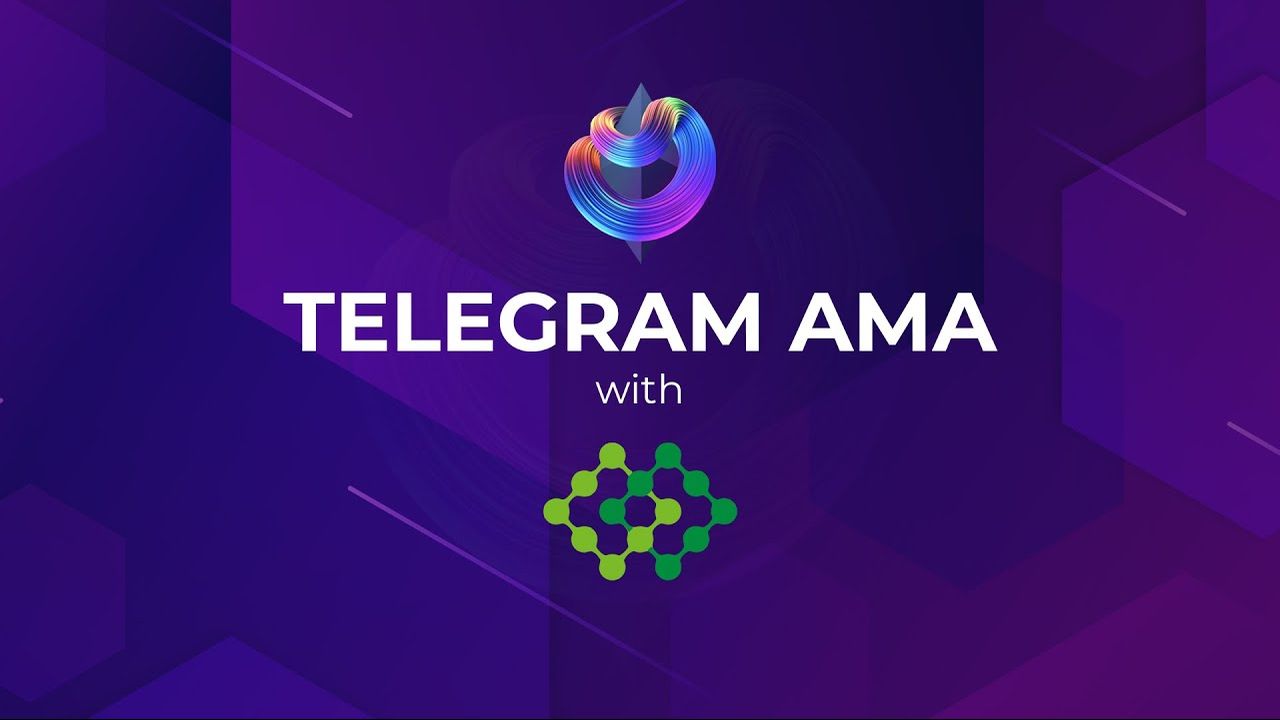
Sommelier Liquidity AMA with Dan Thomson from InsurAce

Sommelier This Week - April 29th 2021: Weeks Away From a Taste of the Sommelier App Experience and How the Dev Team Stays on Track
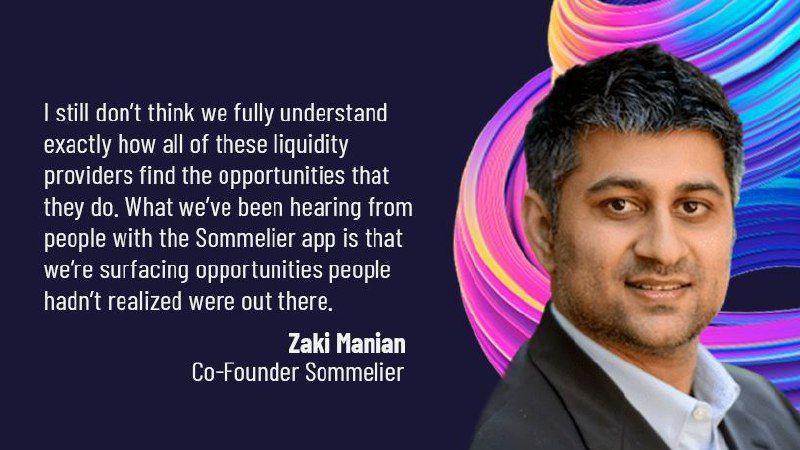
Zaki Manian Breaks Down a Phase Change Liquidity Providers Need to Know About Automated Market Makers

Introducing Jehan Tremback: Sommelier Core Developer and Althea Co-Founder that pushes the Limits of the Blockchain Bridge with Gravity

Sommelier This Week - April 22nd 2021: An Inside Look at Progress on Coordinating Sommelier Components That Contribute to the Chain

Sommelier This Week - April 15th 2021: Providing a Best-in-Class Experience for Uniswap Liquidity Providers

Sommelier Announces $1M R&D Grant from The Graph Foundation

Introducing LP Rewards: This Week With Cellframe
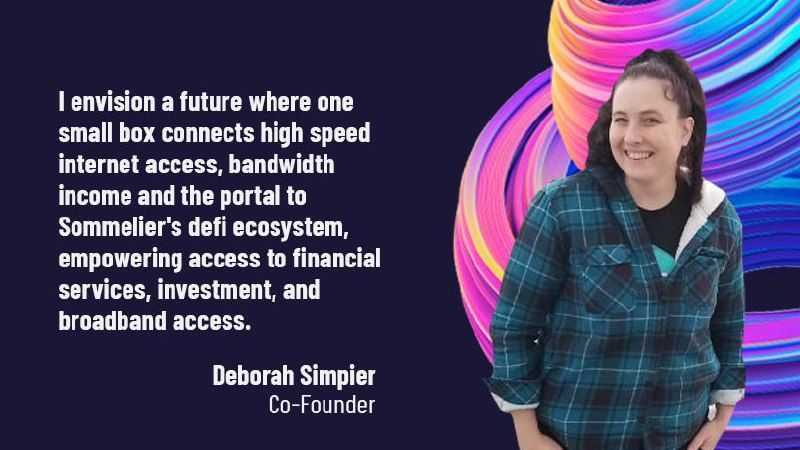
Introducing Deborah Simpier: Althea CEO and Sommelier Co-Founder Who Brought the Gravity Bridge to Life in The Cosmos

Sommelier This Week - April 8th 2021: What Uniswap v3 Means For Sommelier Architecture and Validators
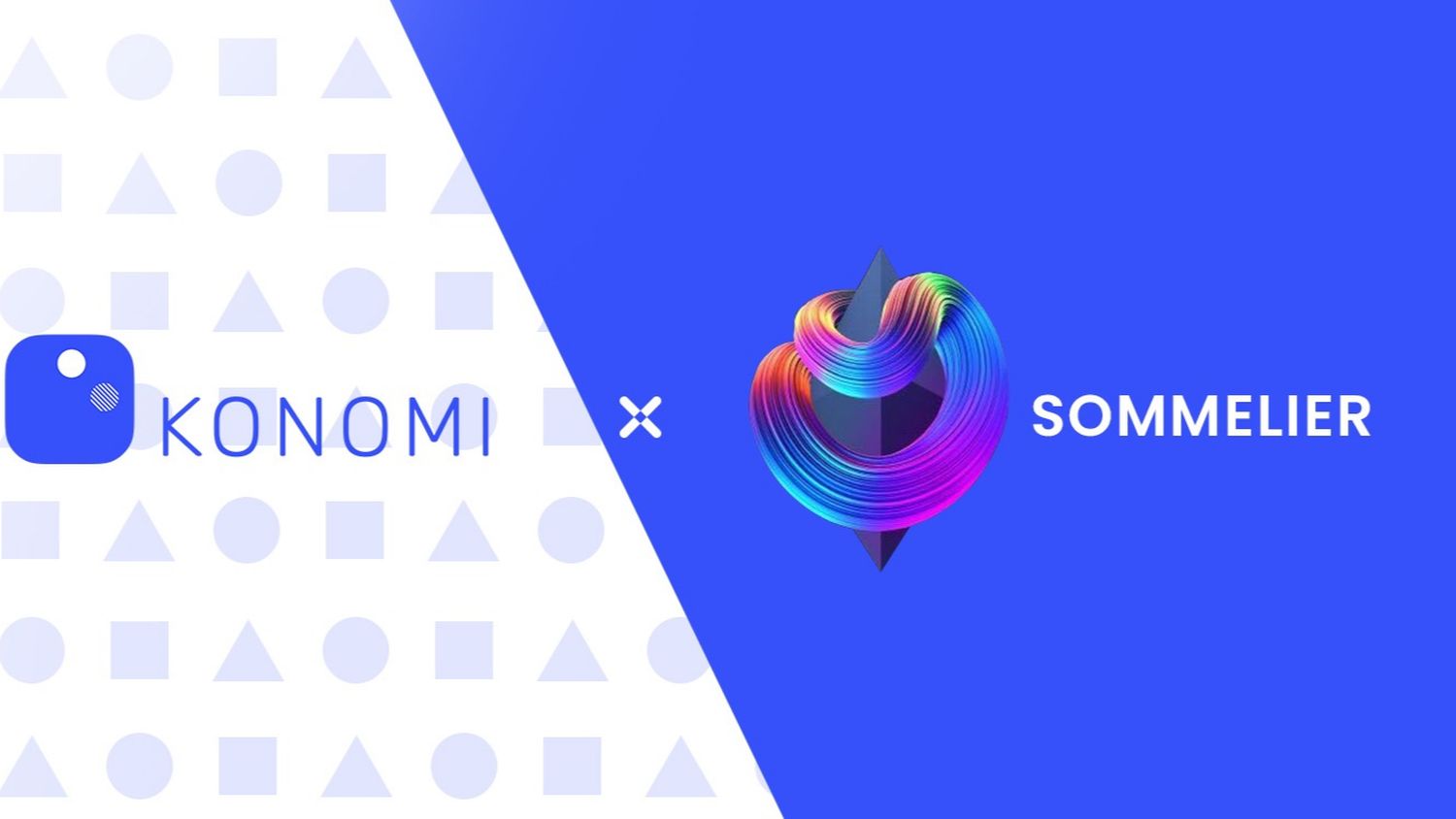
Introducing Sommelier LP Rewards Program

Sommelier This Week - April 1st 2021: Gravity Bridge and Private Testnets
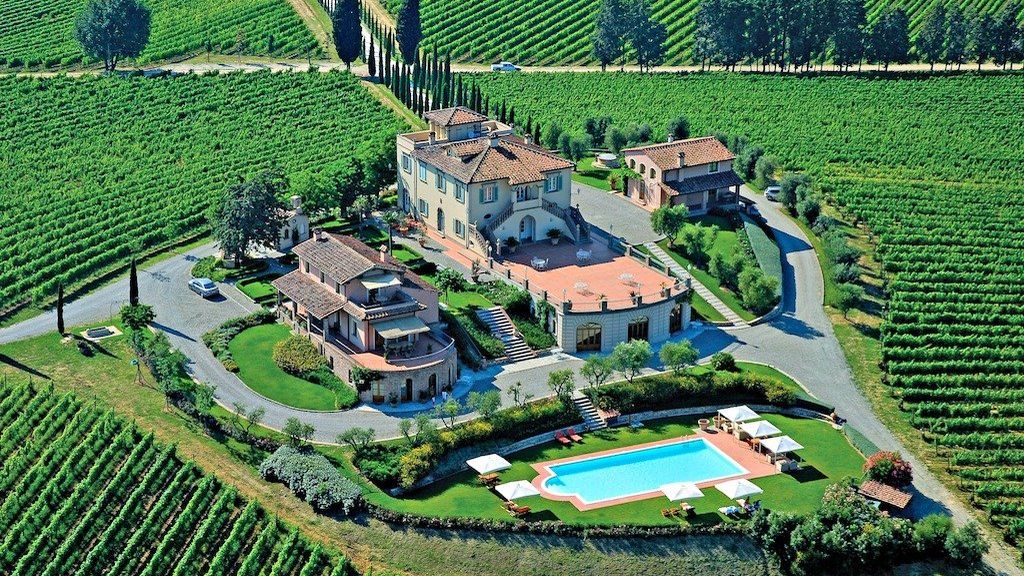
Blockchain startup decides to acquire a California winery and host NFT wine parties
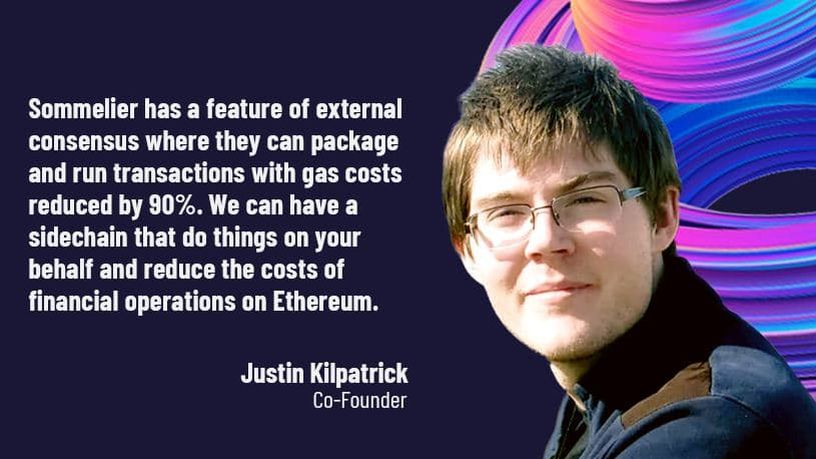
Introducing Justin Kilpatrick: The Blockchain Bridge Wizard Who Maintains Gravity

Five Ways UniswapV3 changes the world for Liquidity Providers on the AMM
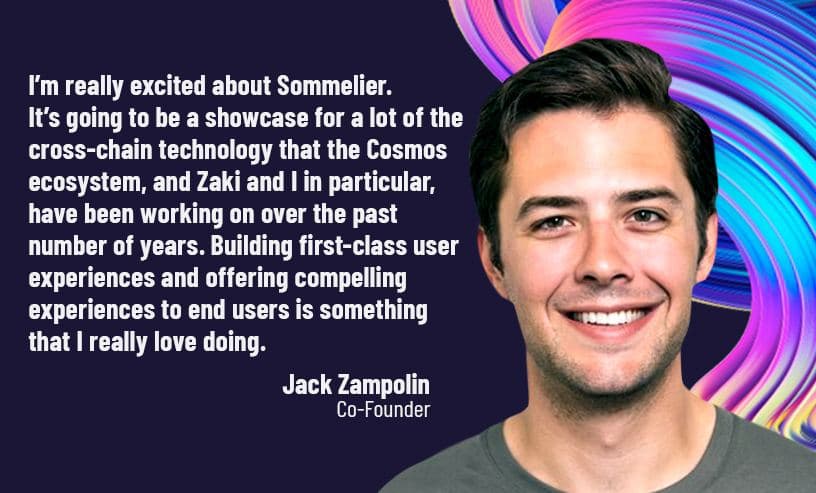
Introducing Jack Zampolin: On Becoming A Sommelier in The Cosmos
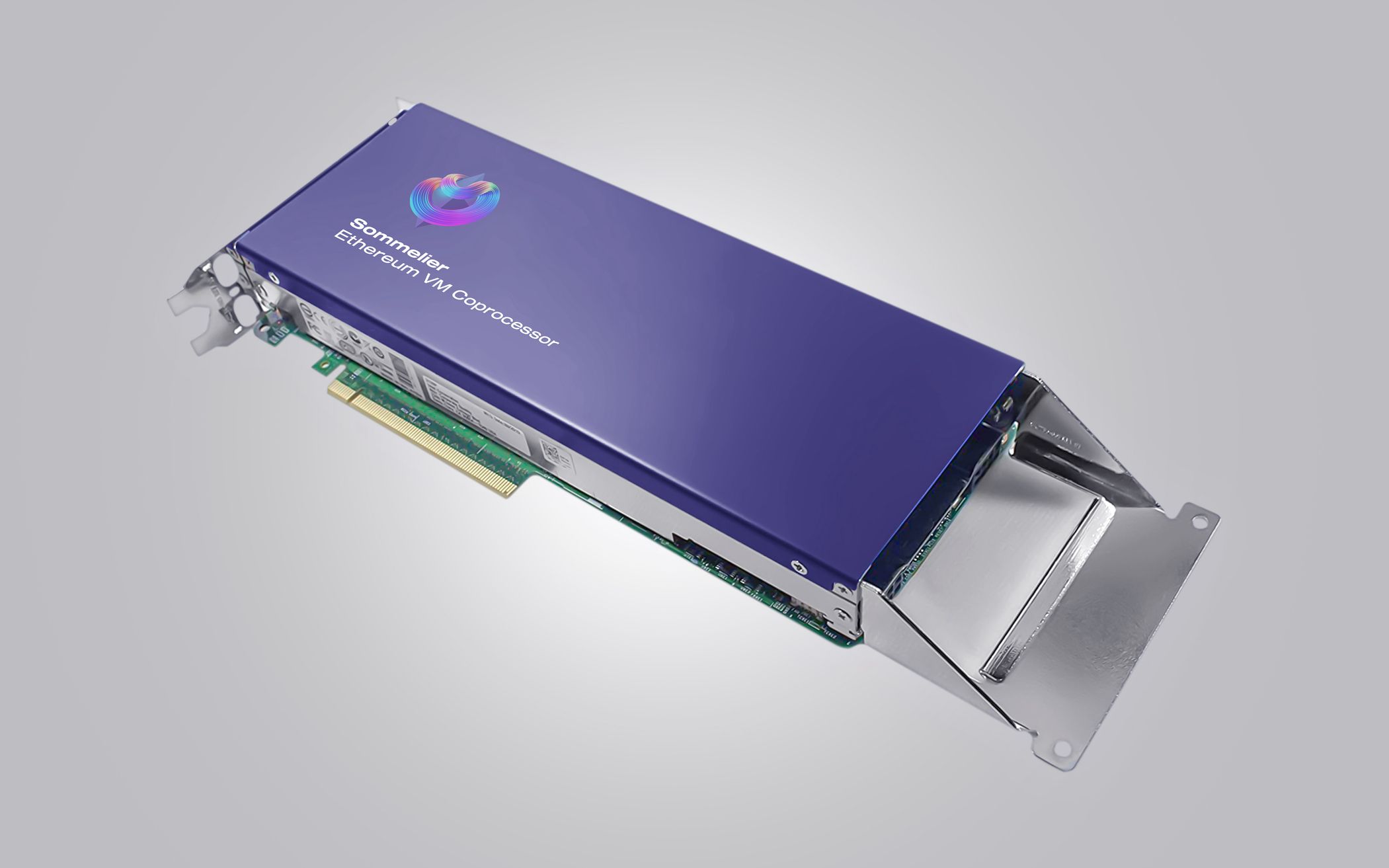
Sommelier: Welcome To The New CoProcessor For Ethereum
© 2025 Somm by Bajanss OÜ –Maakri 36-50, Tallinn, Estonia 10145